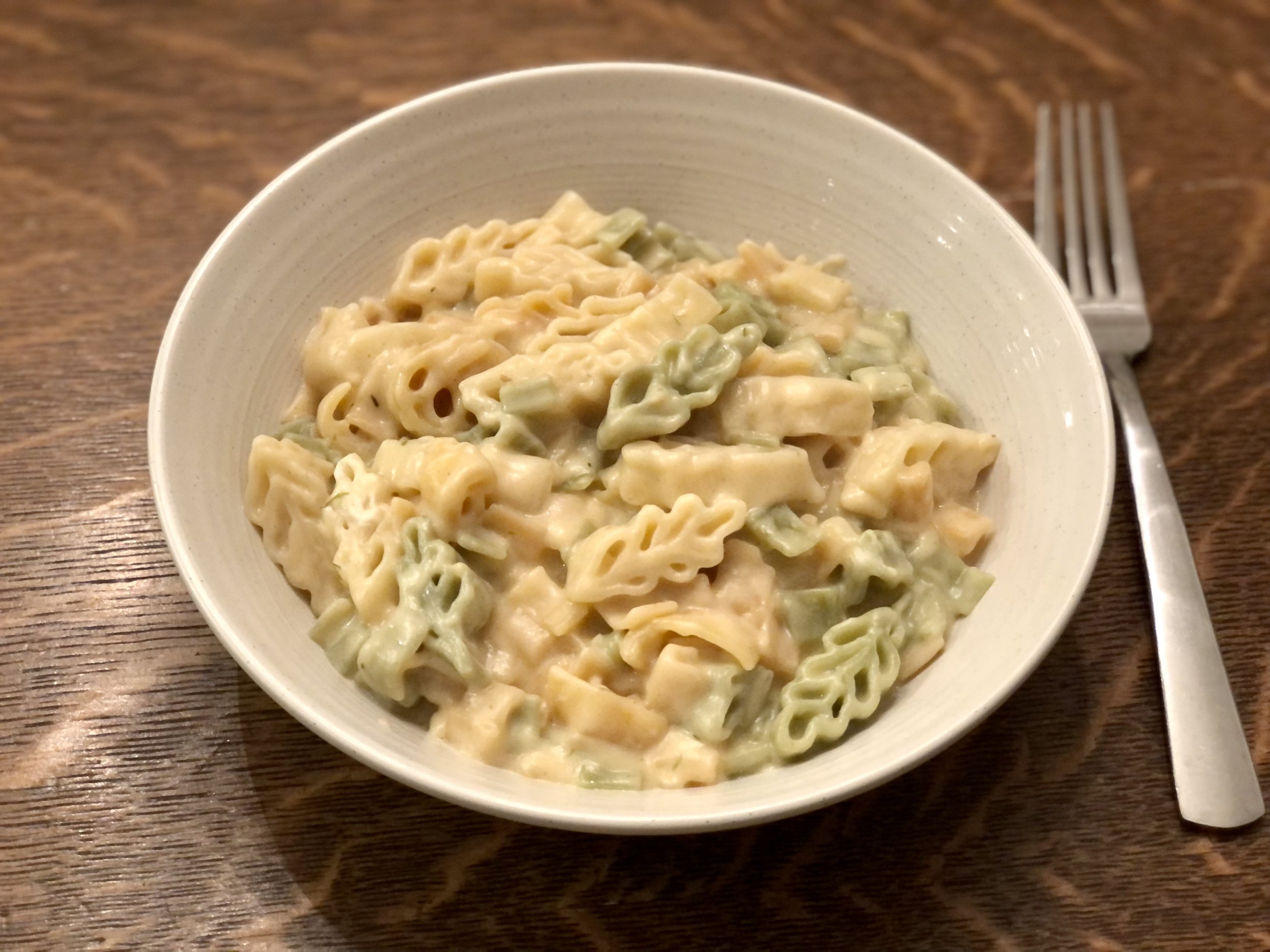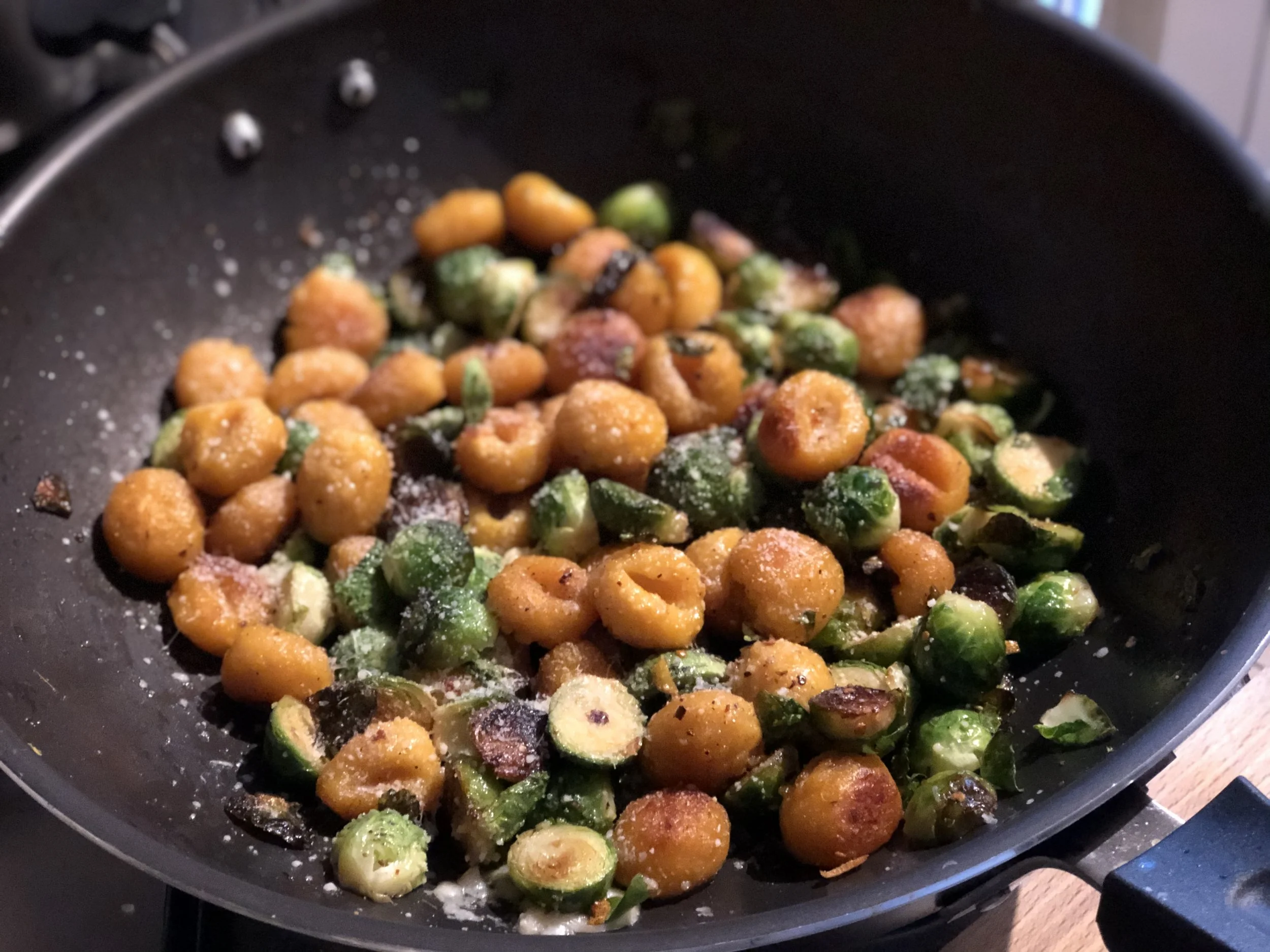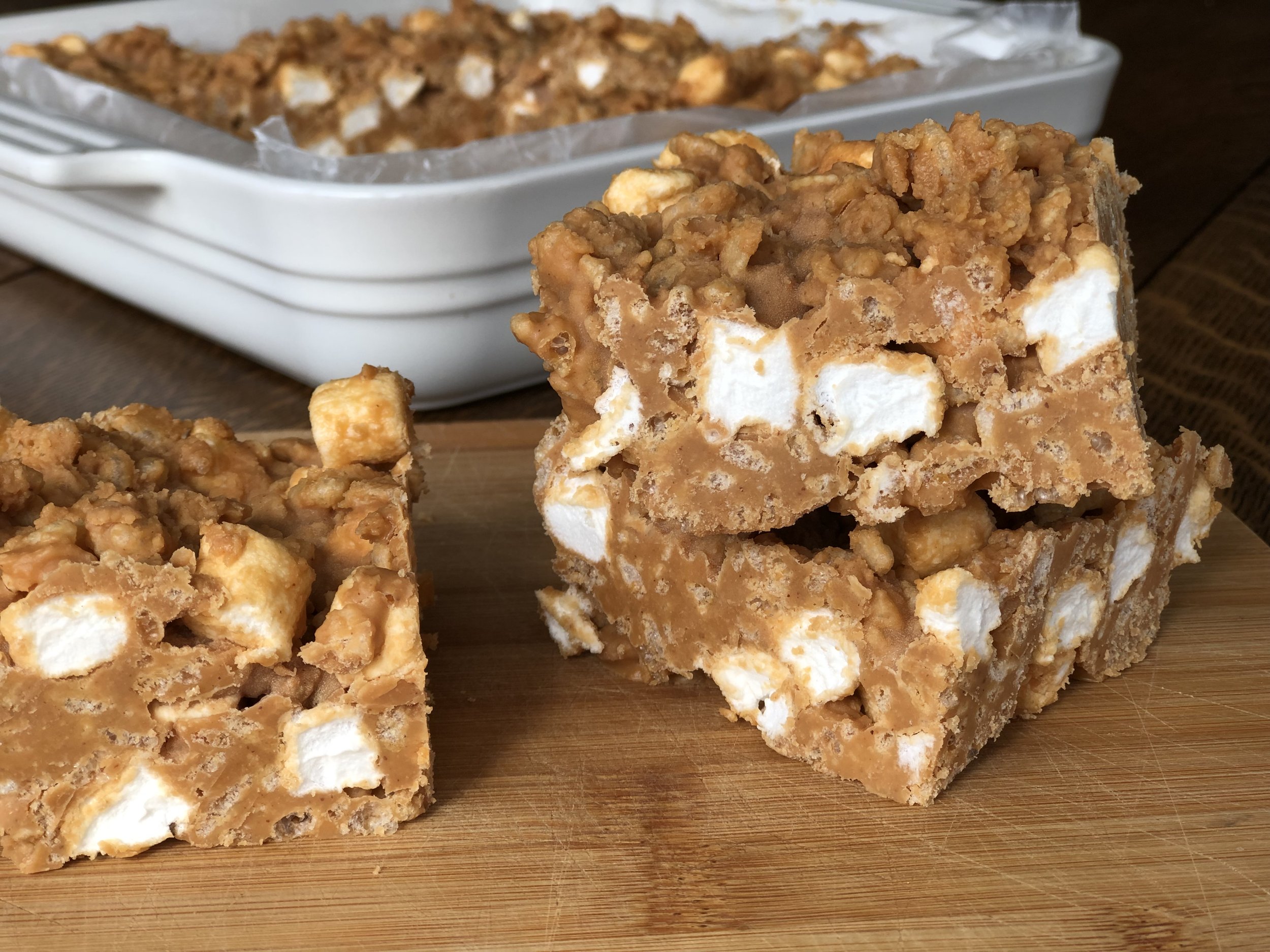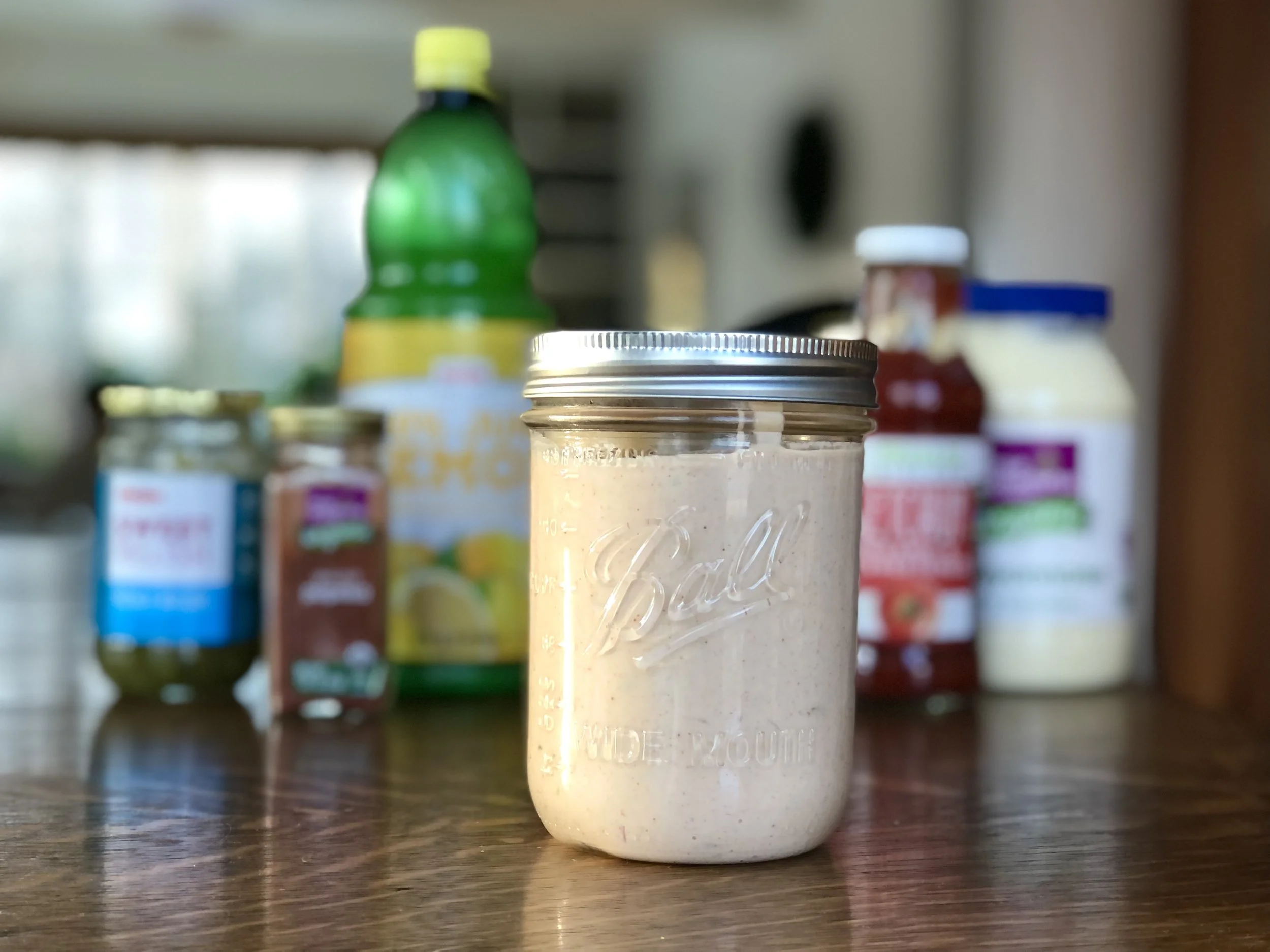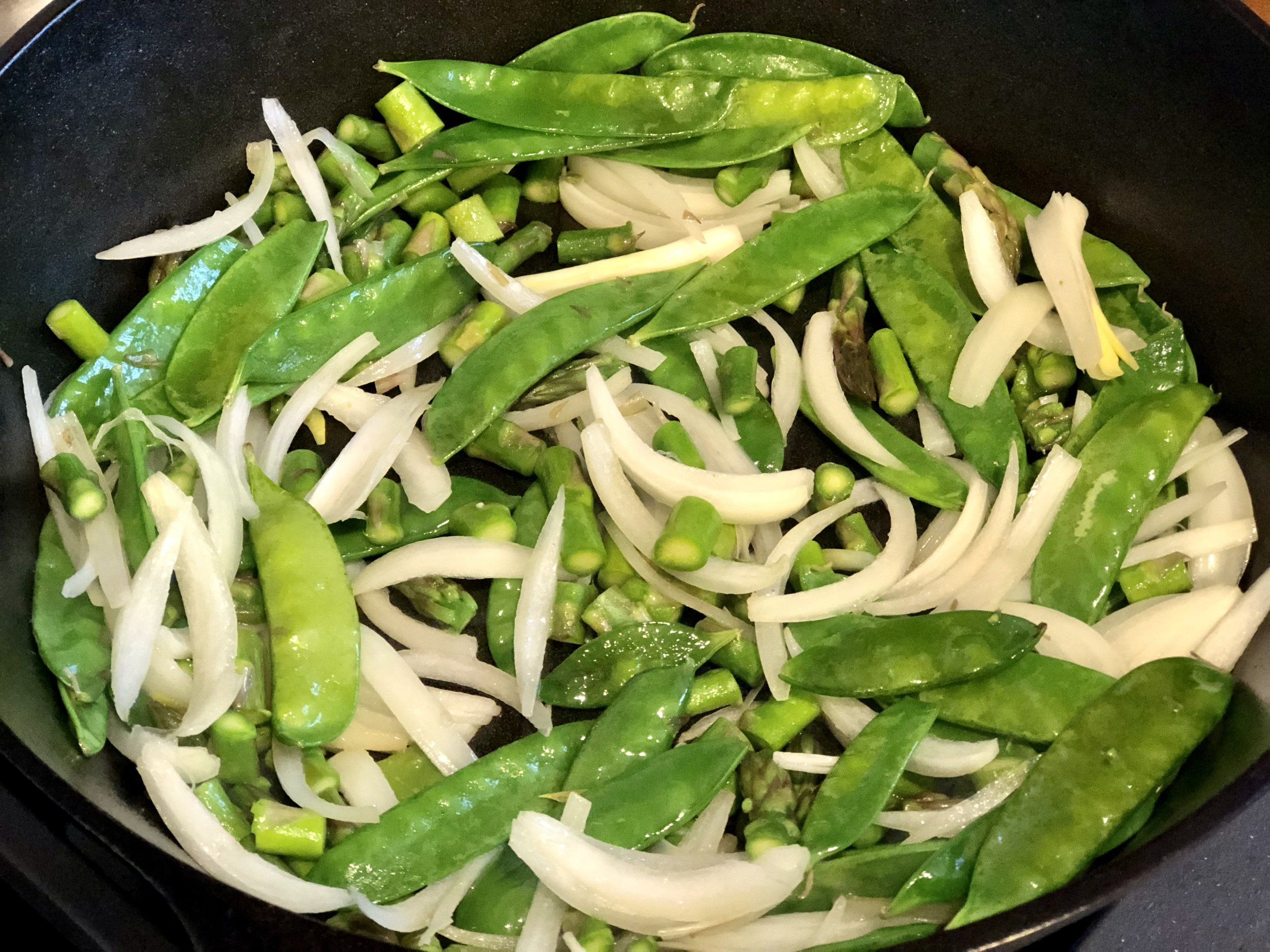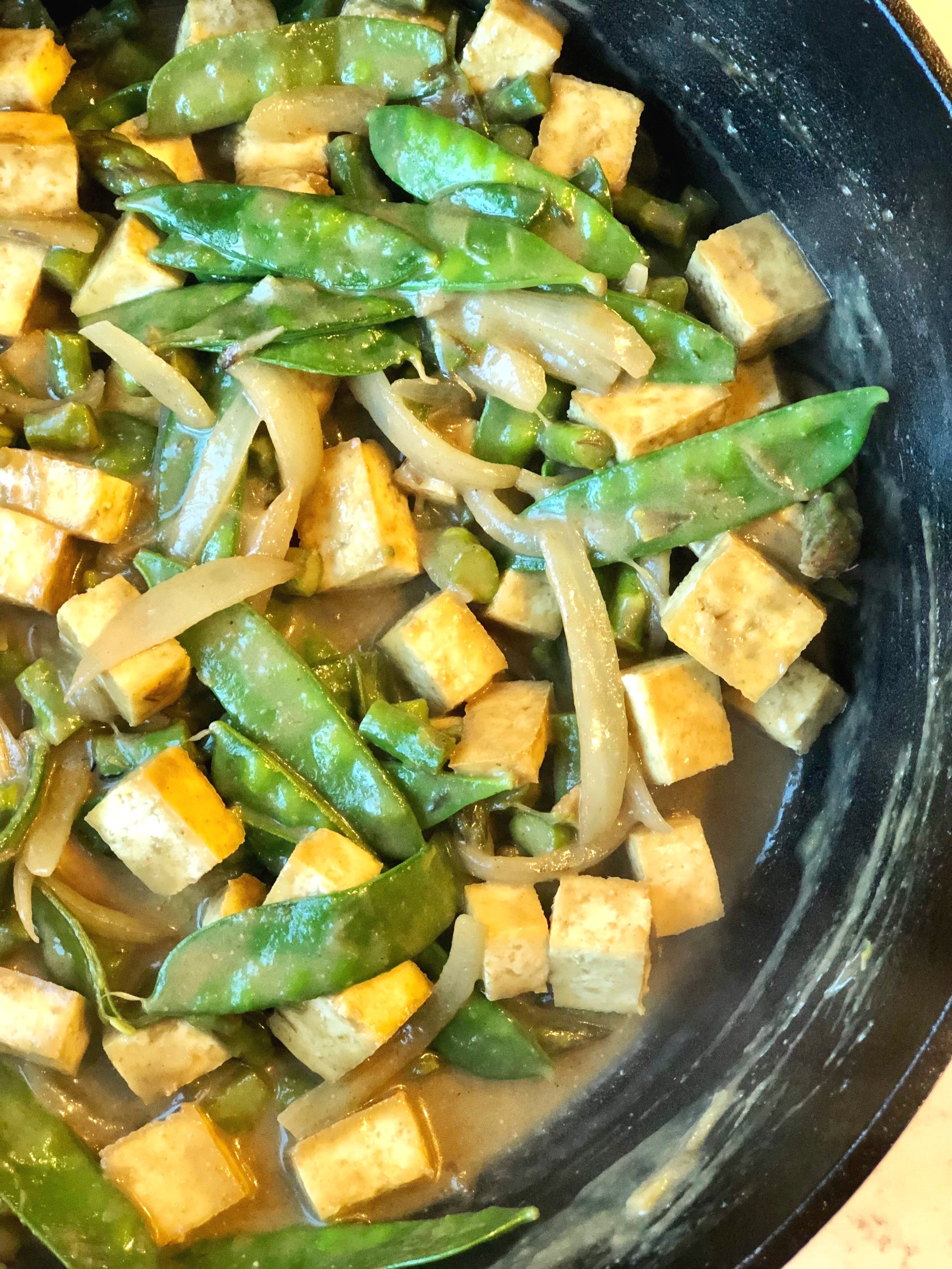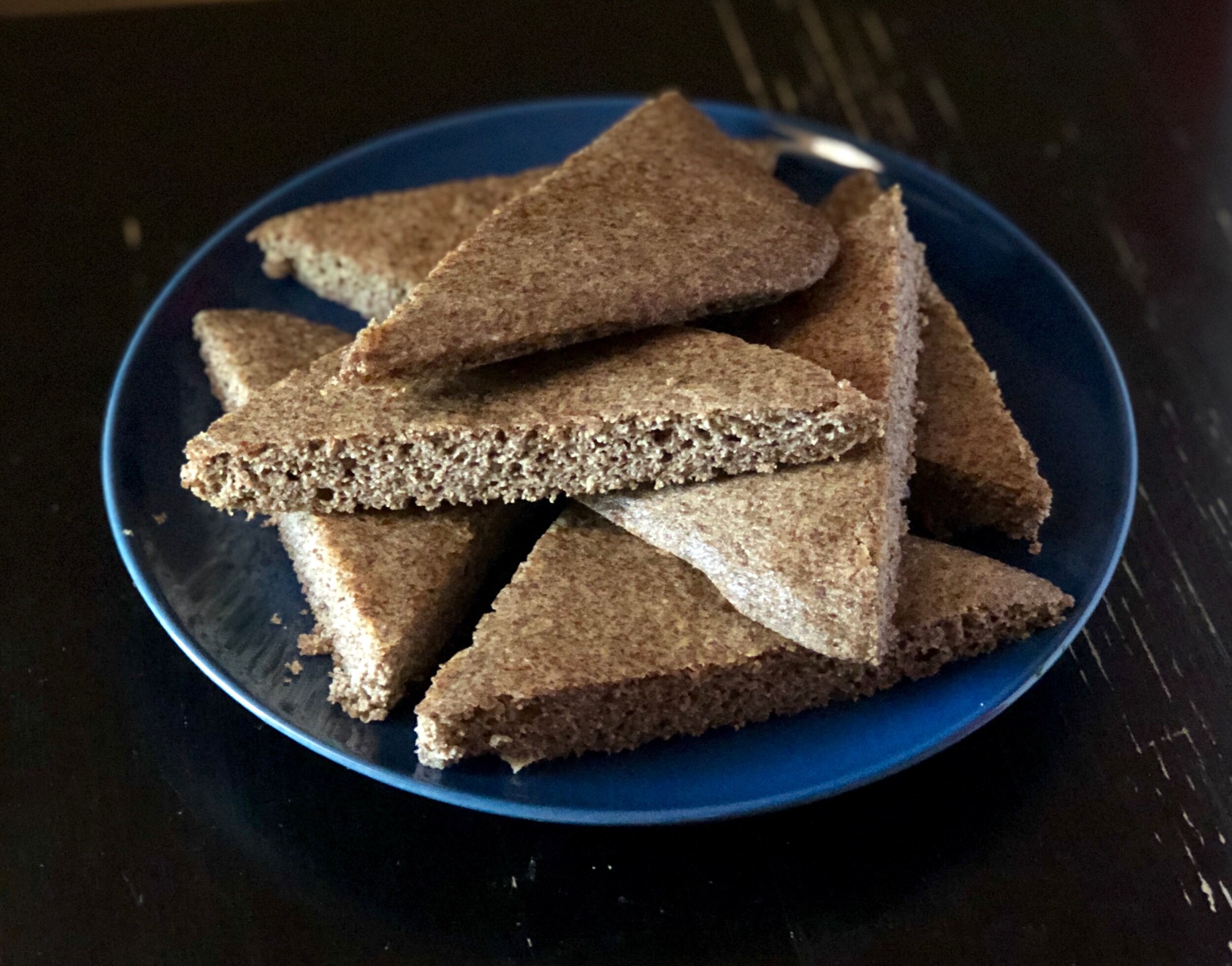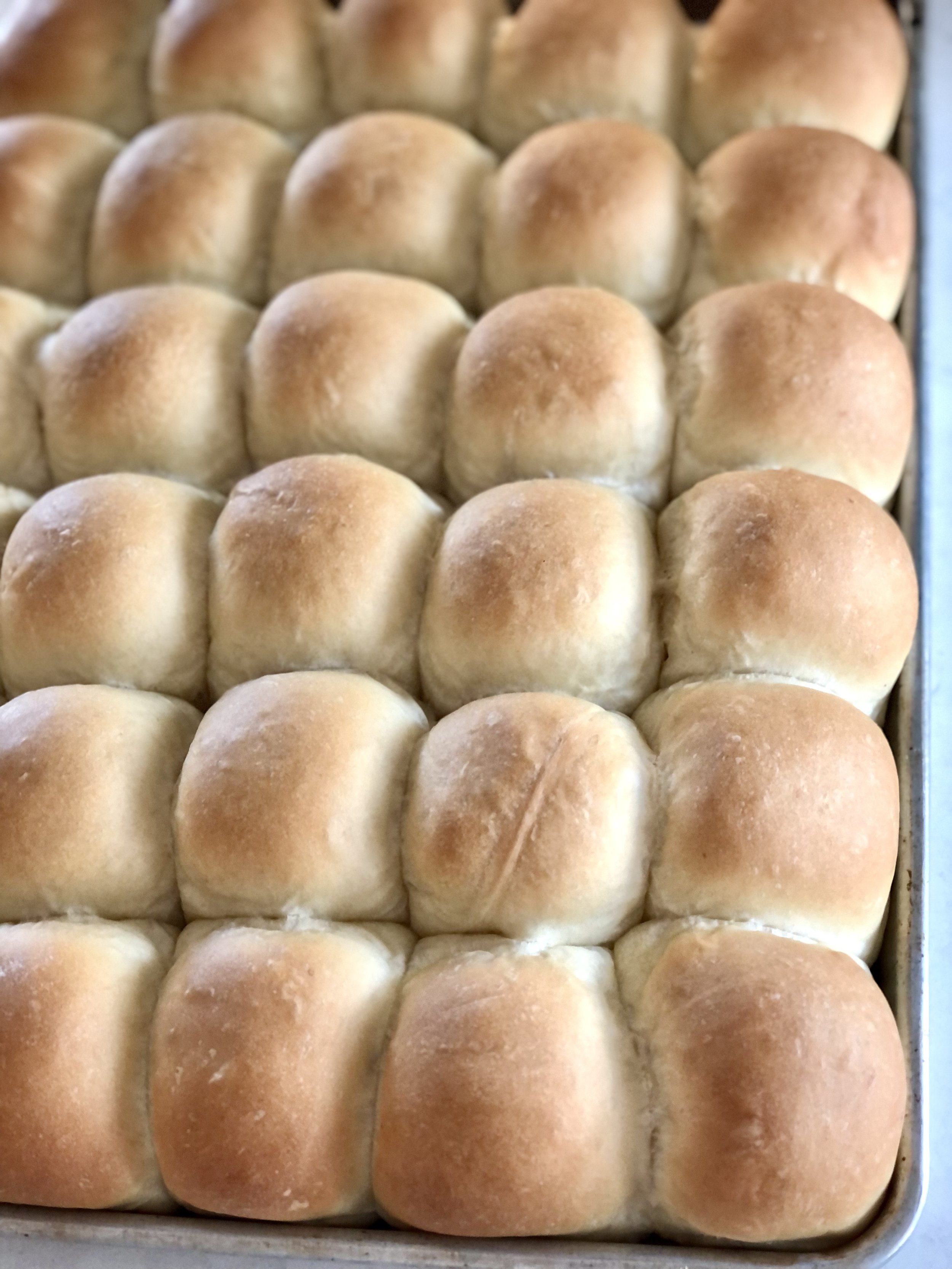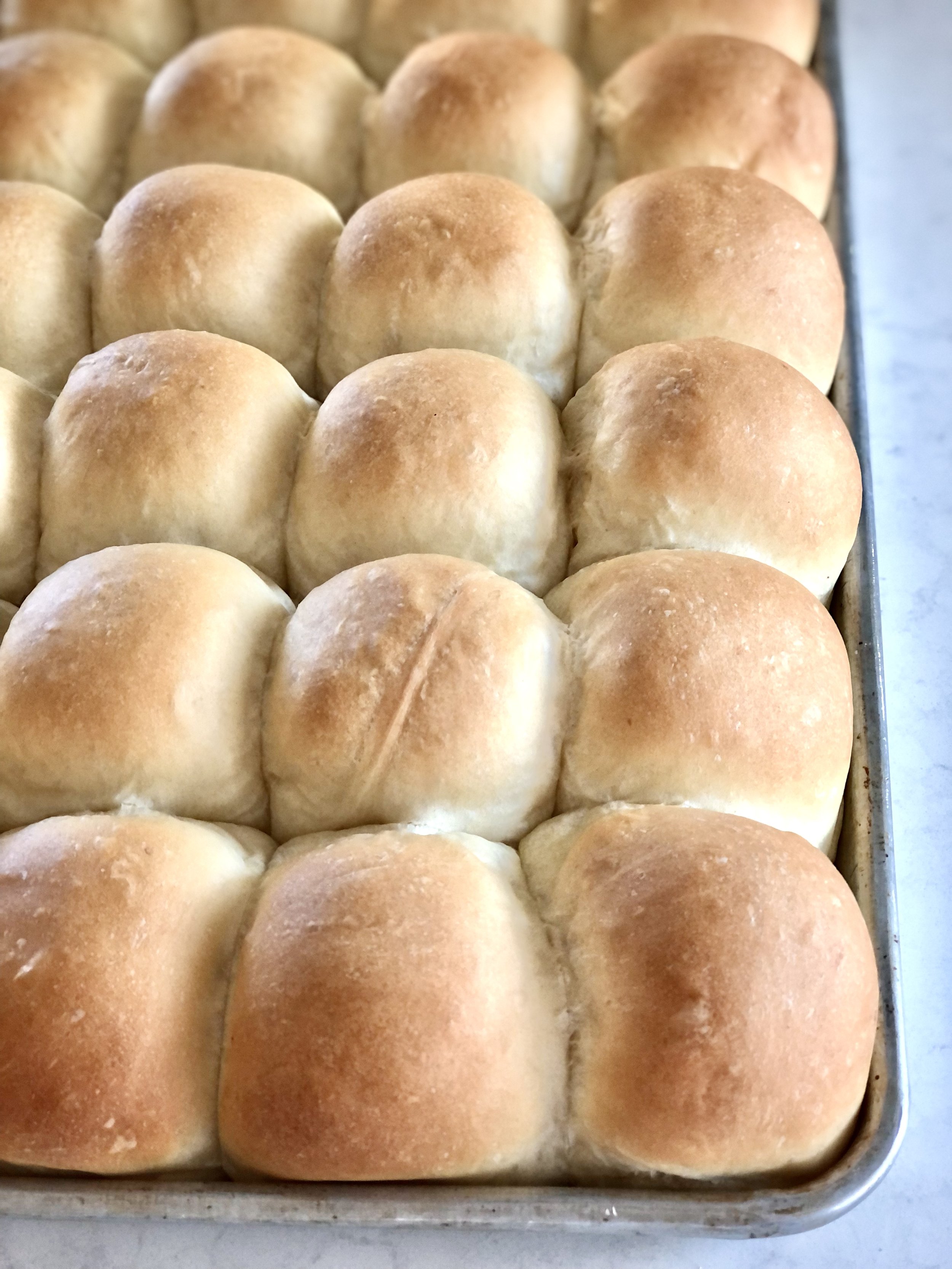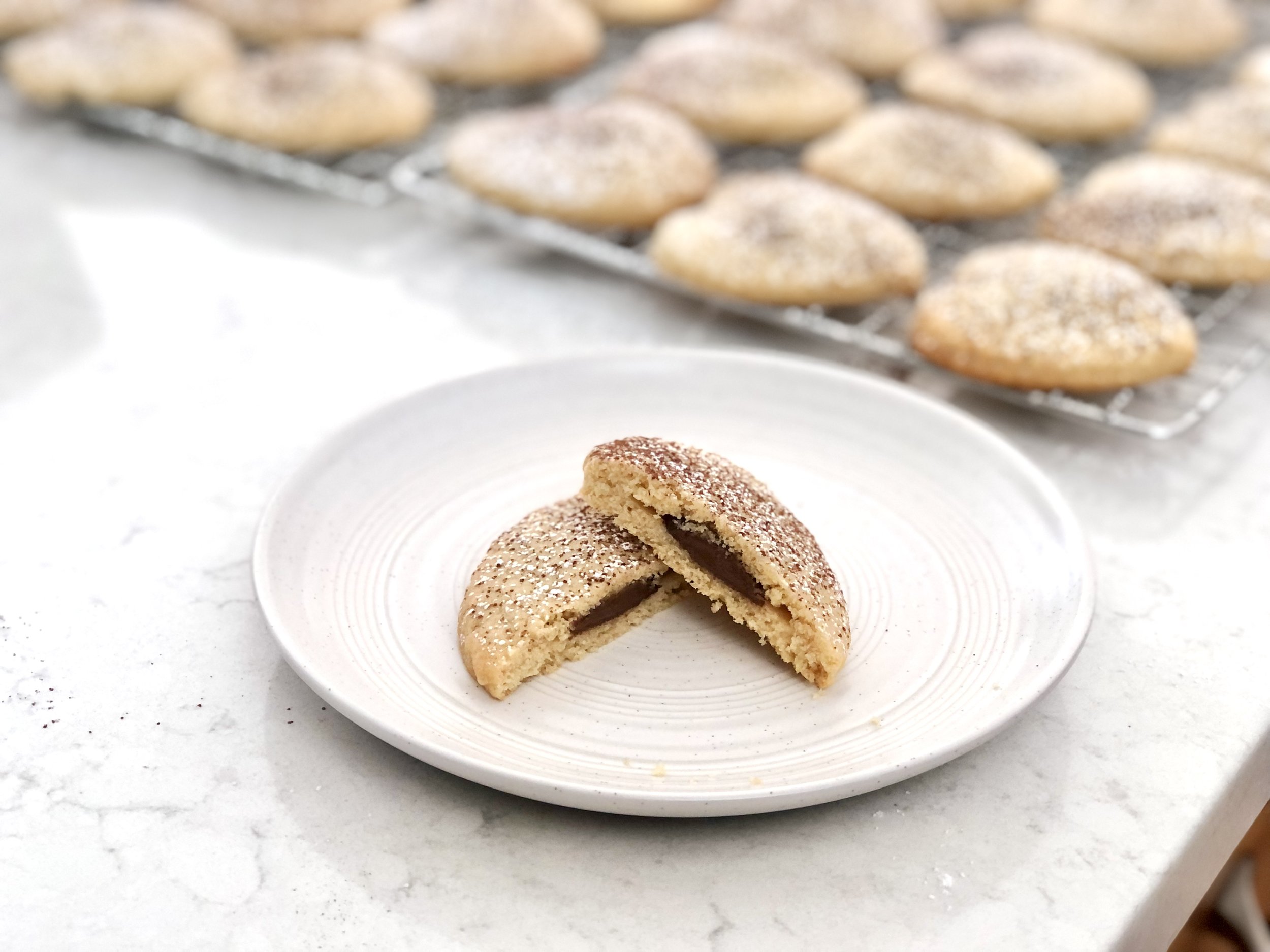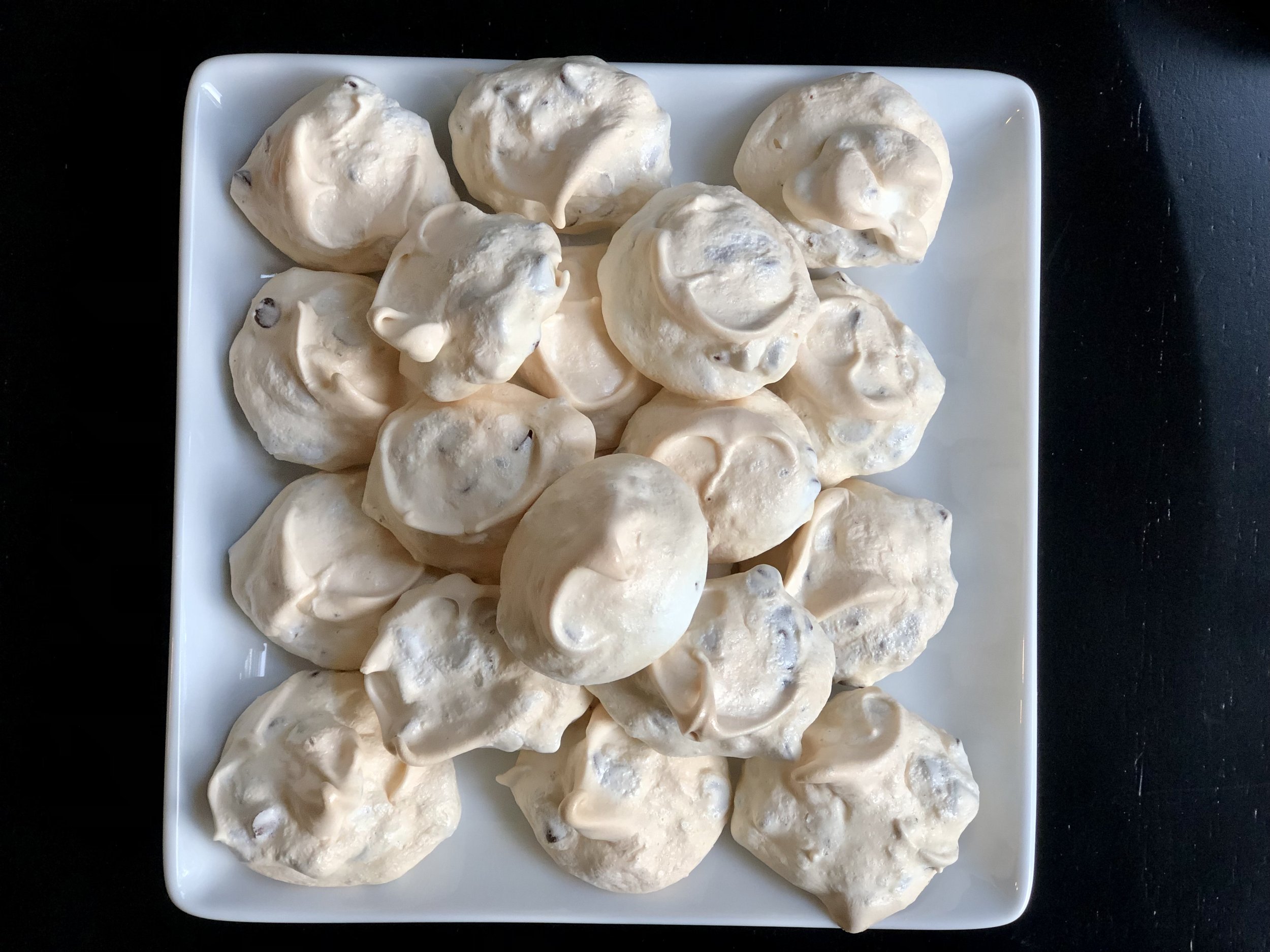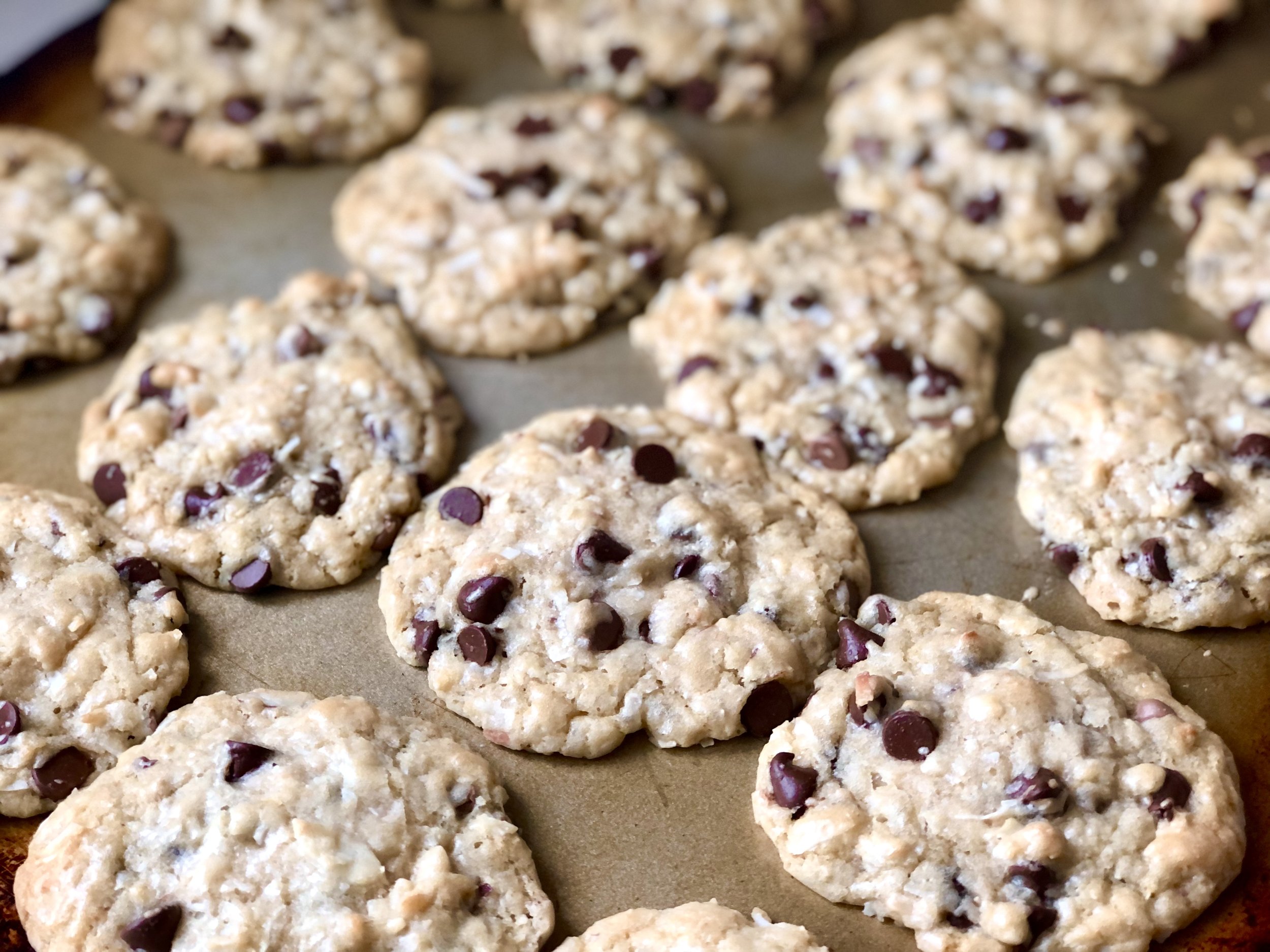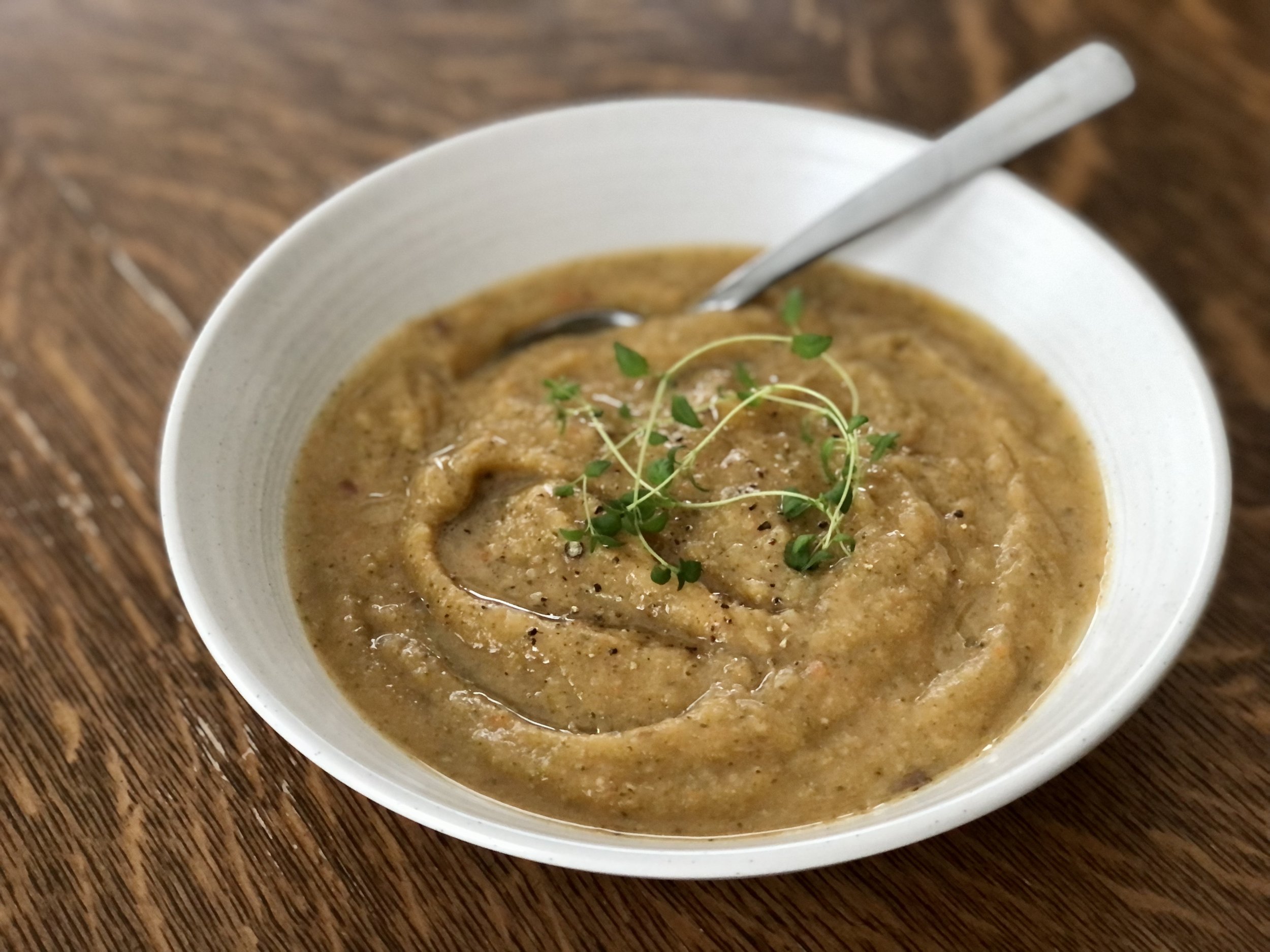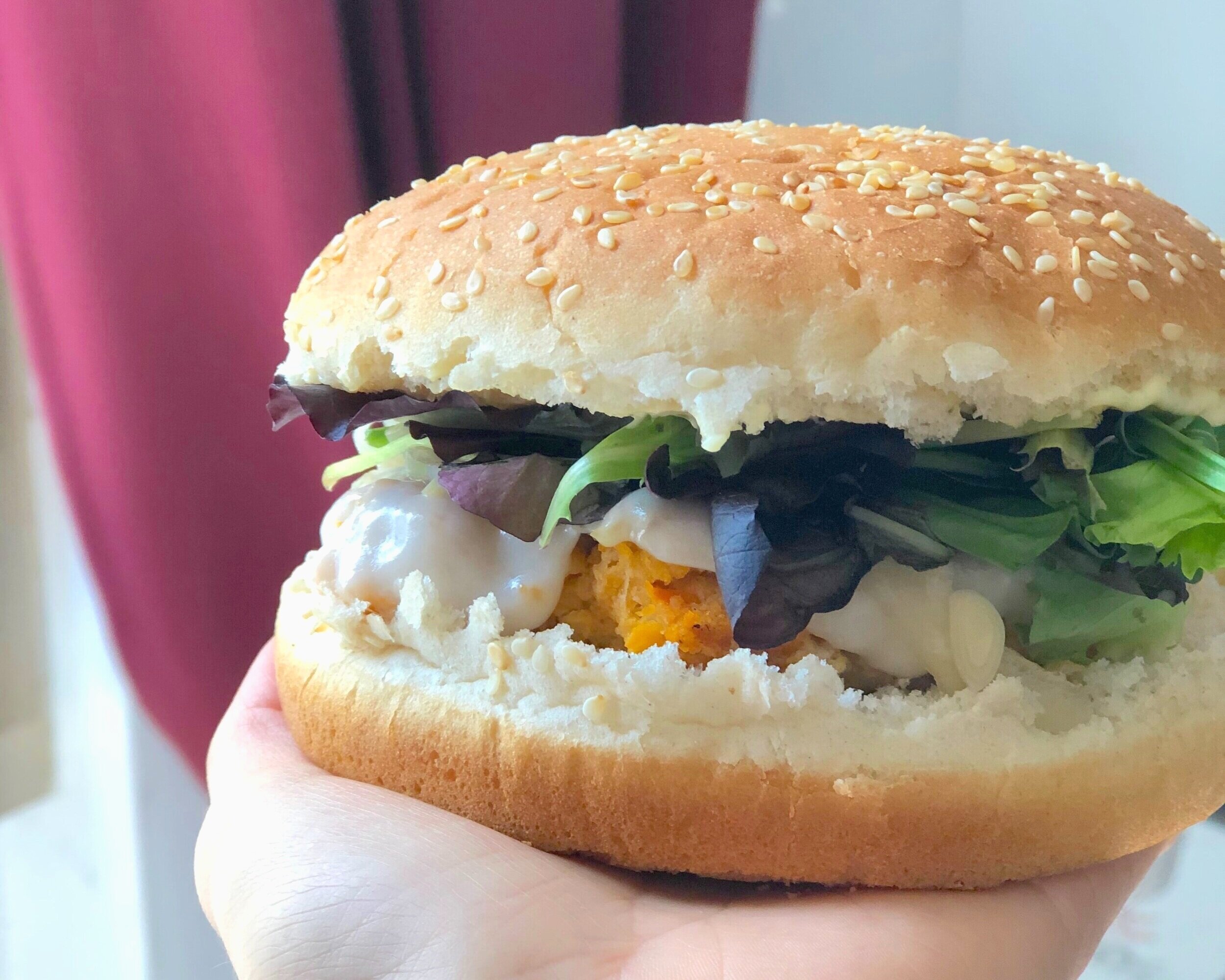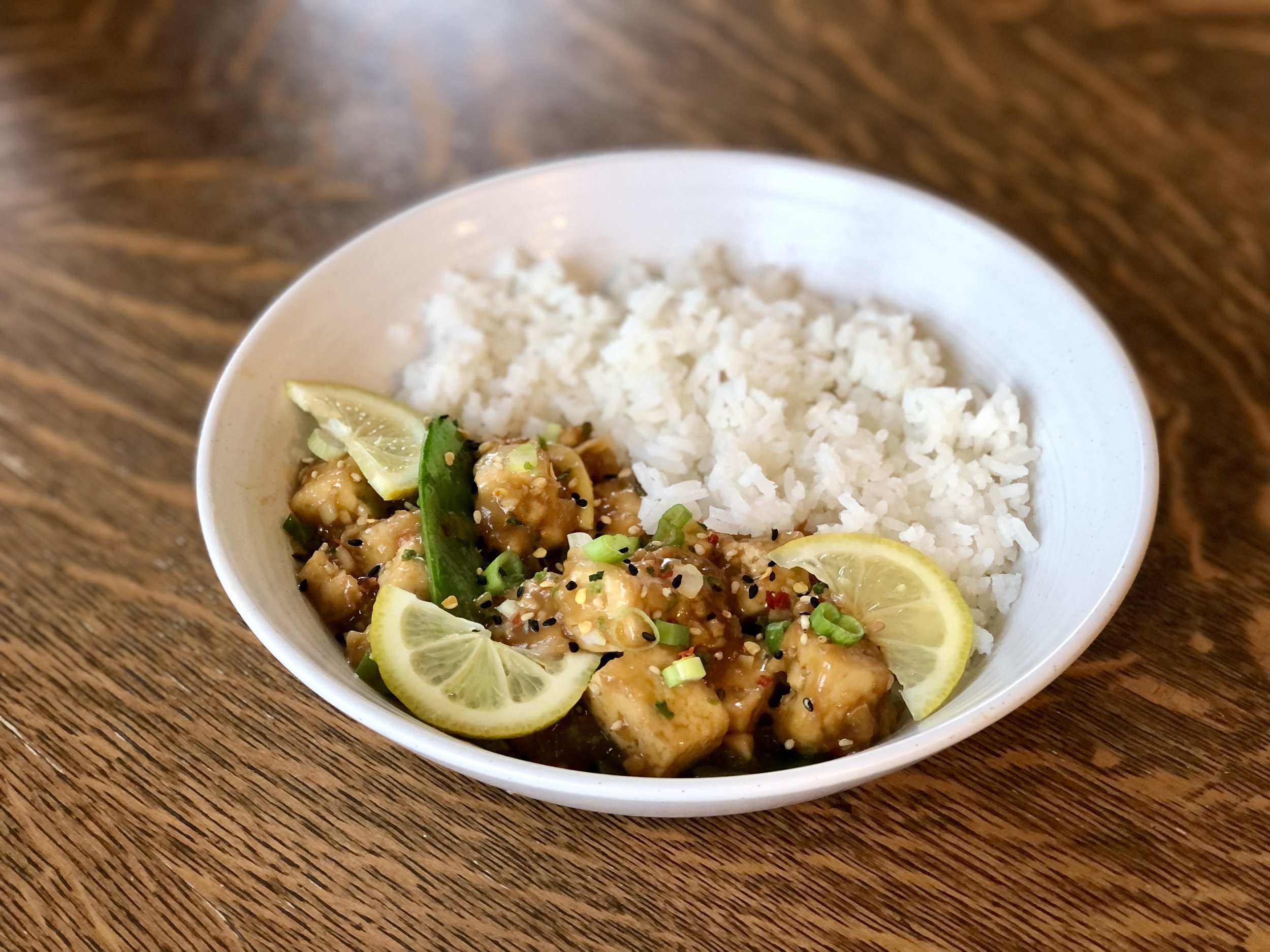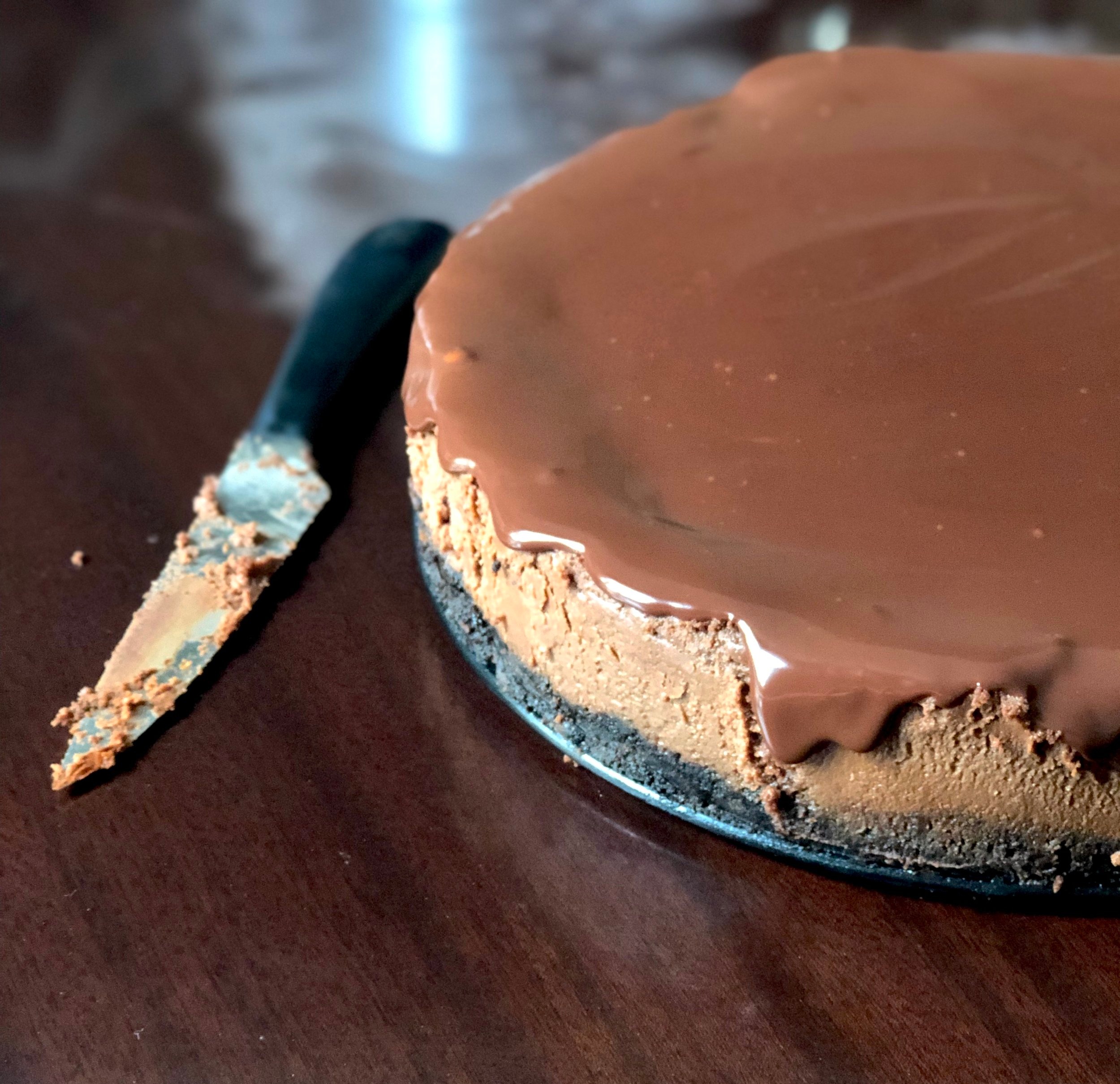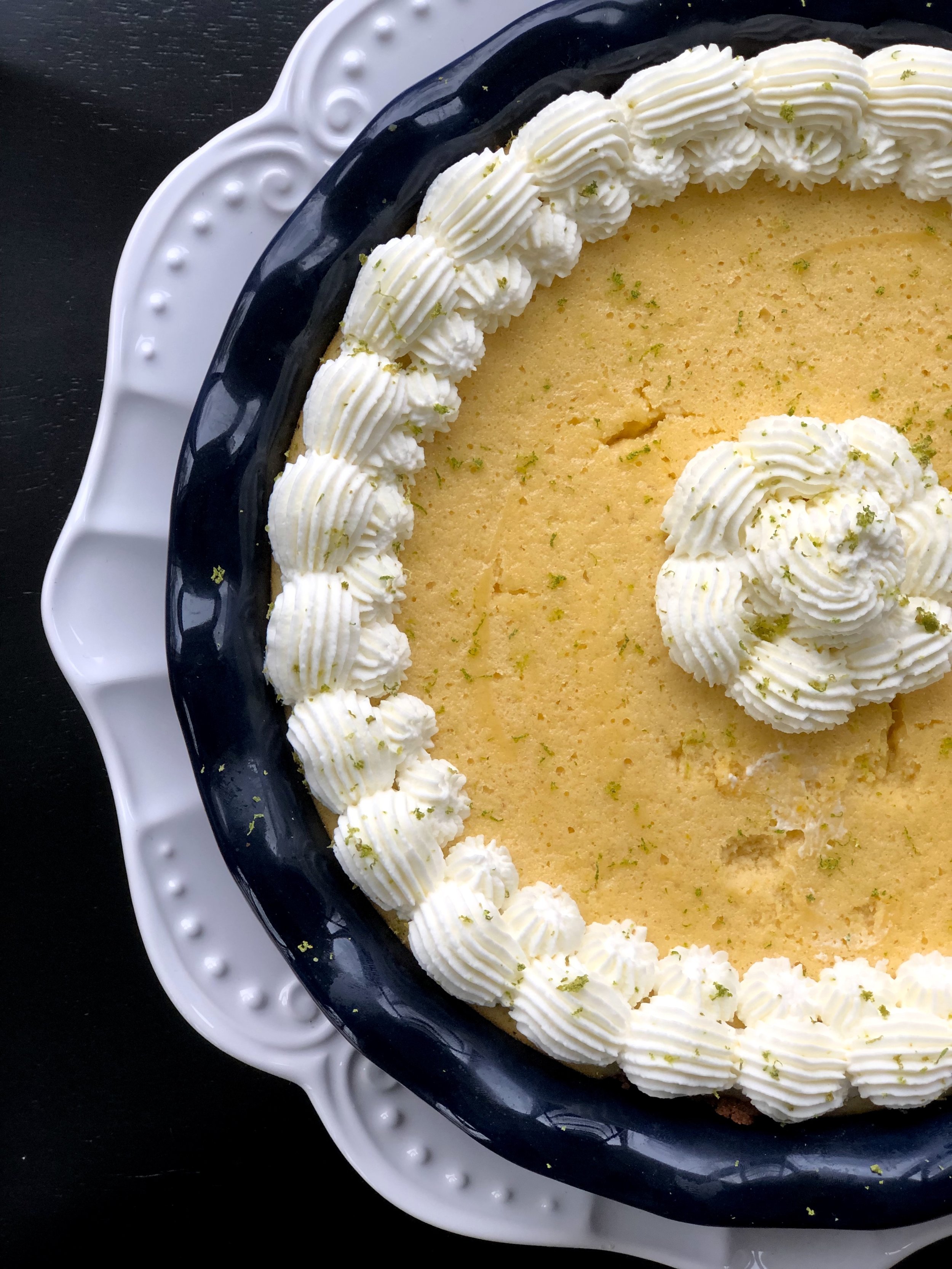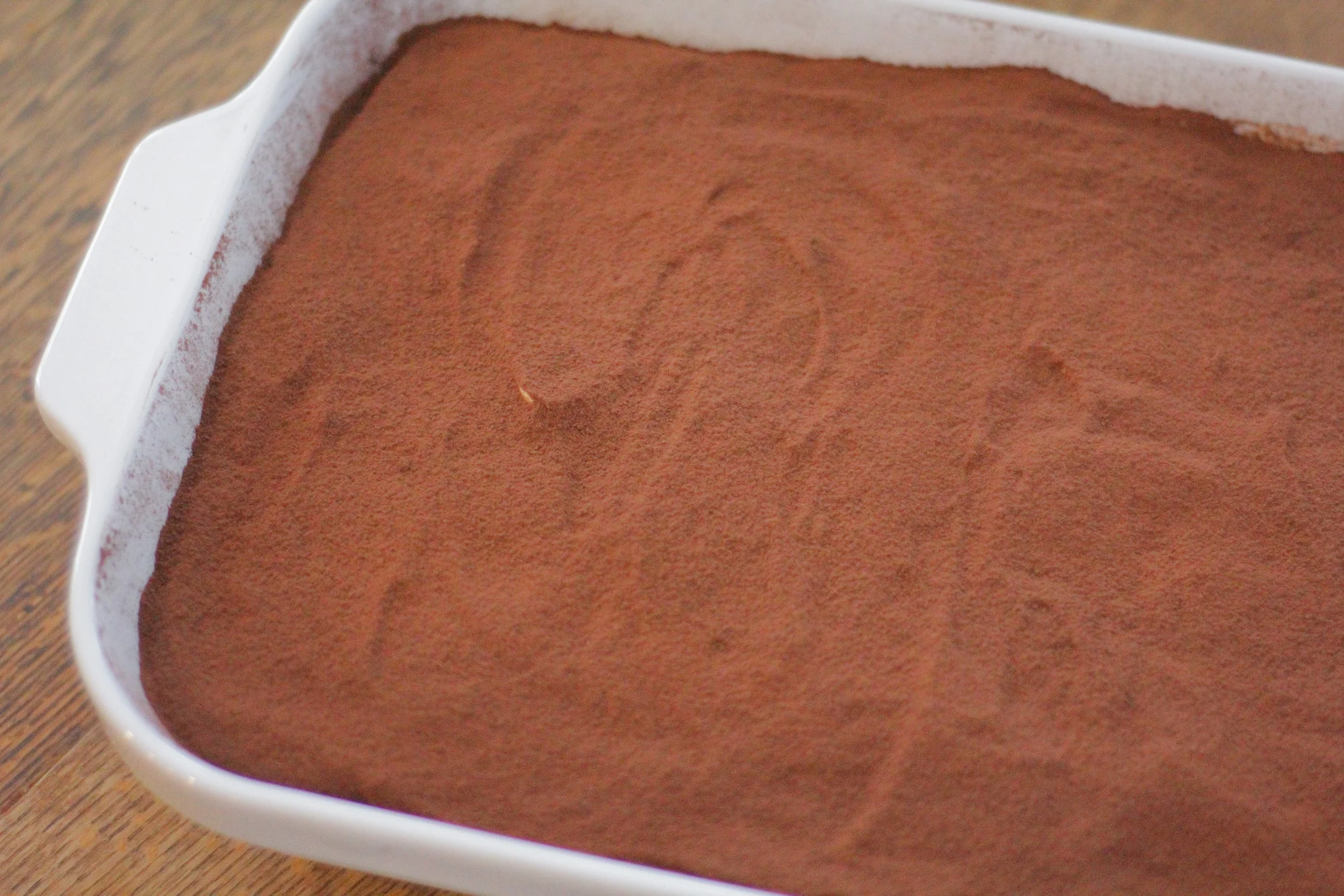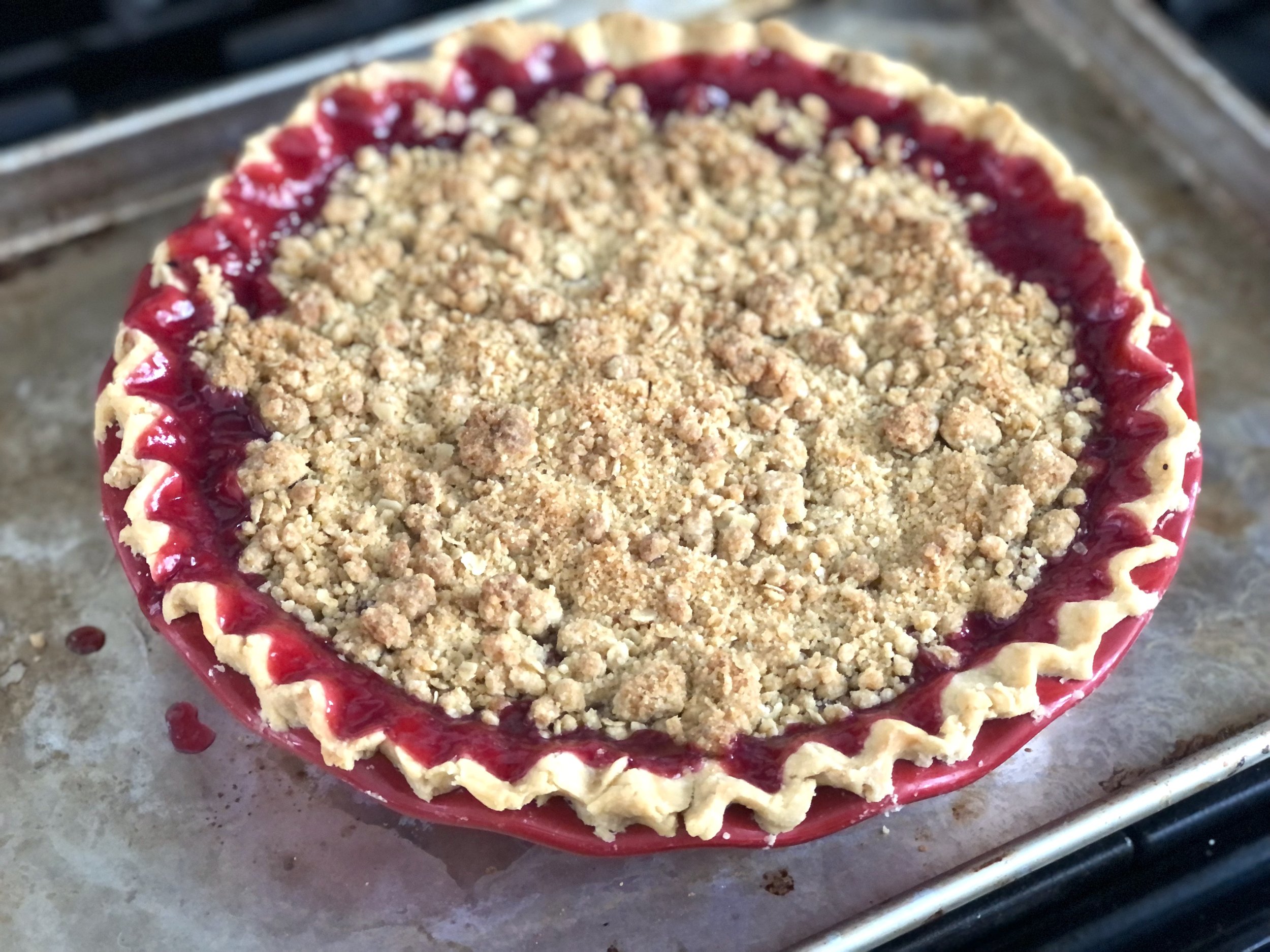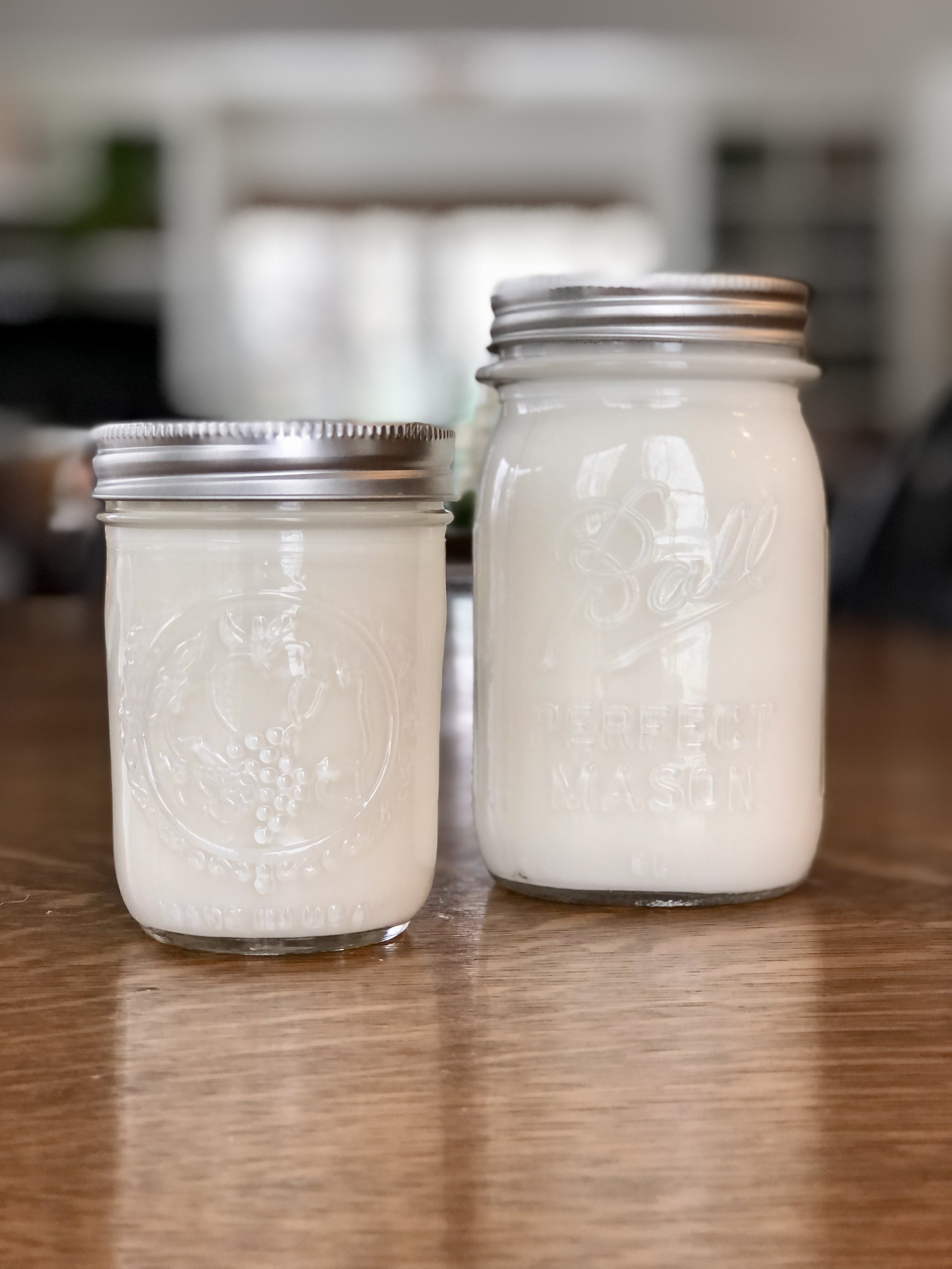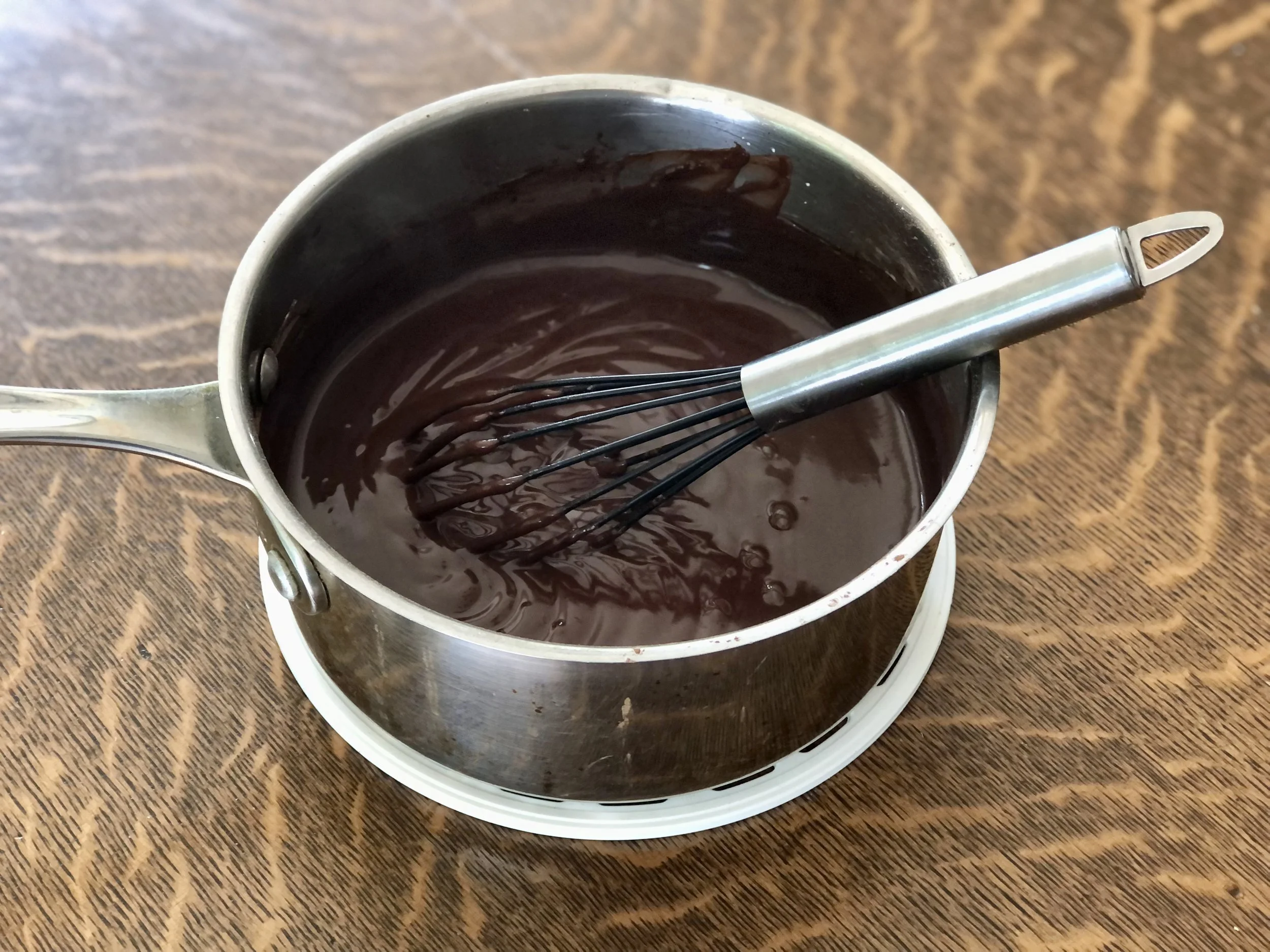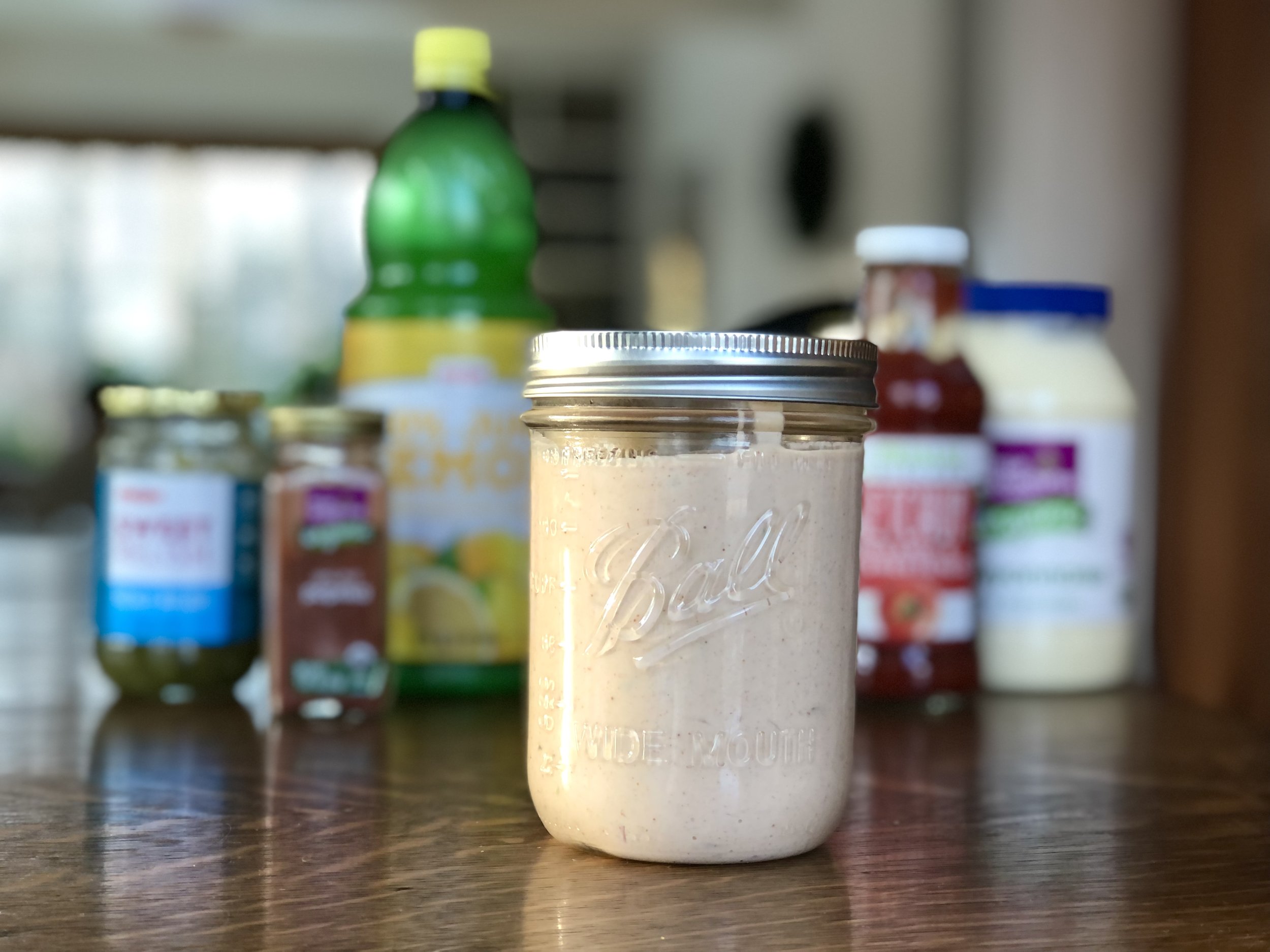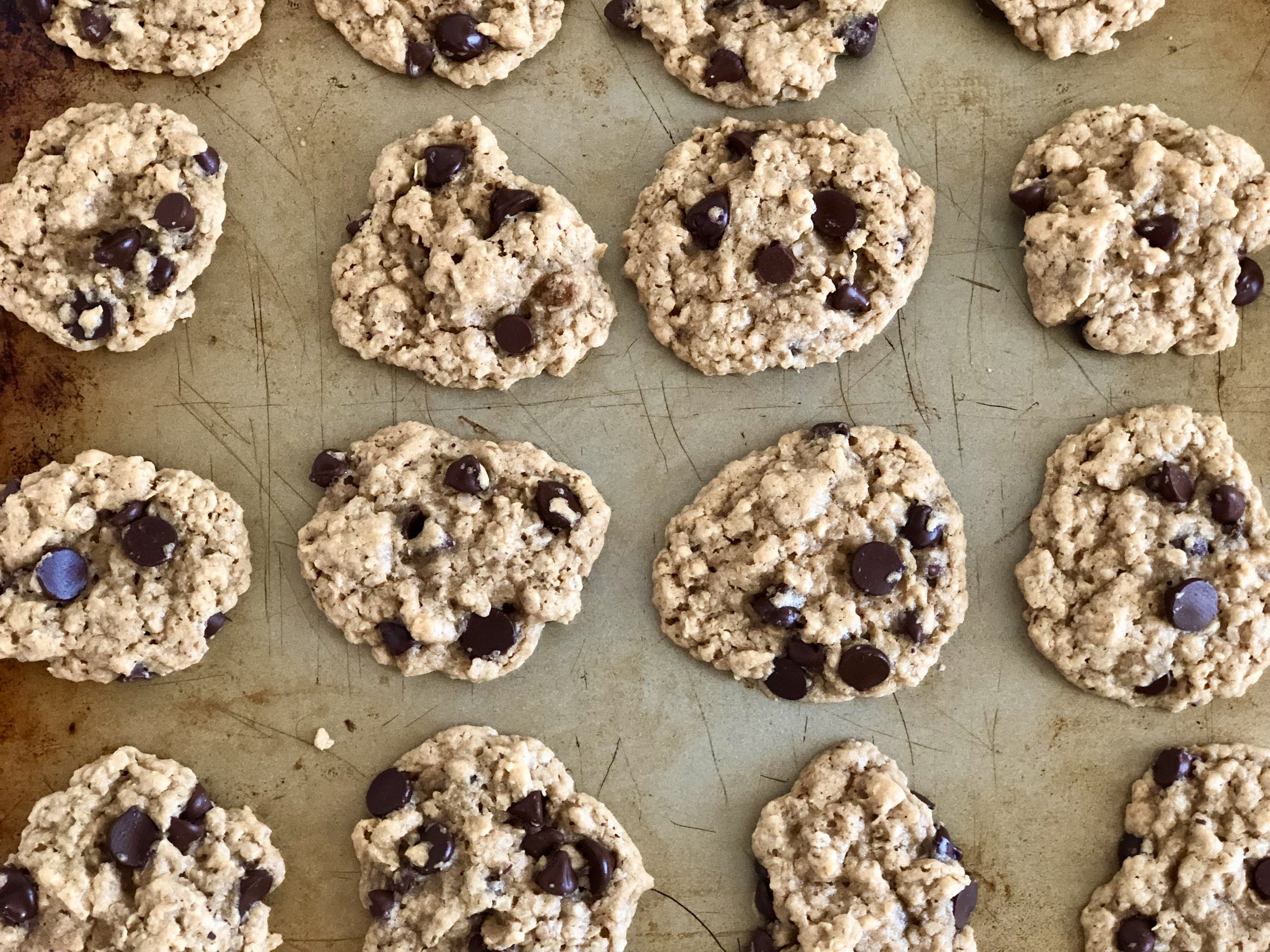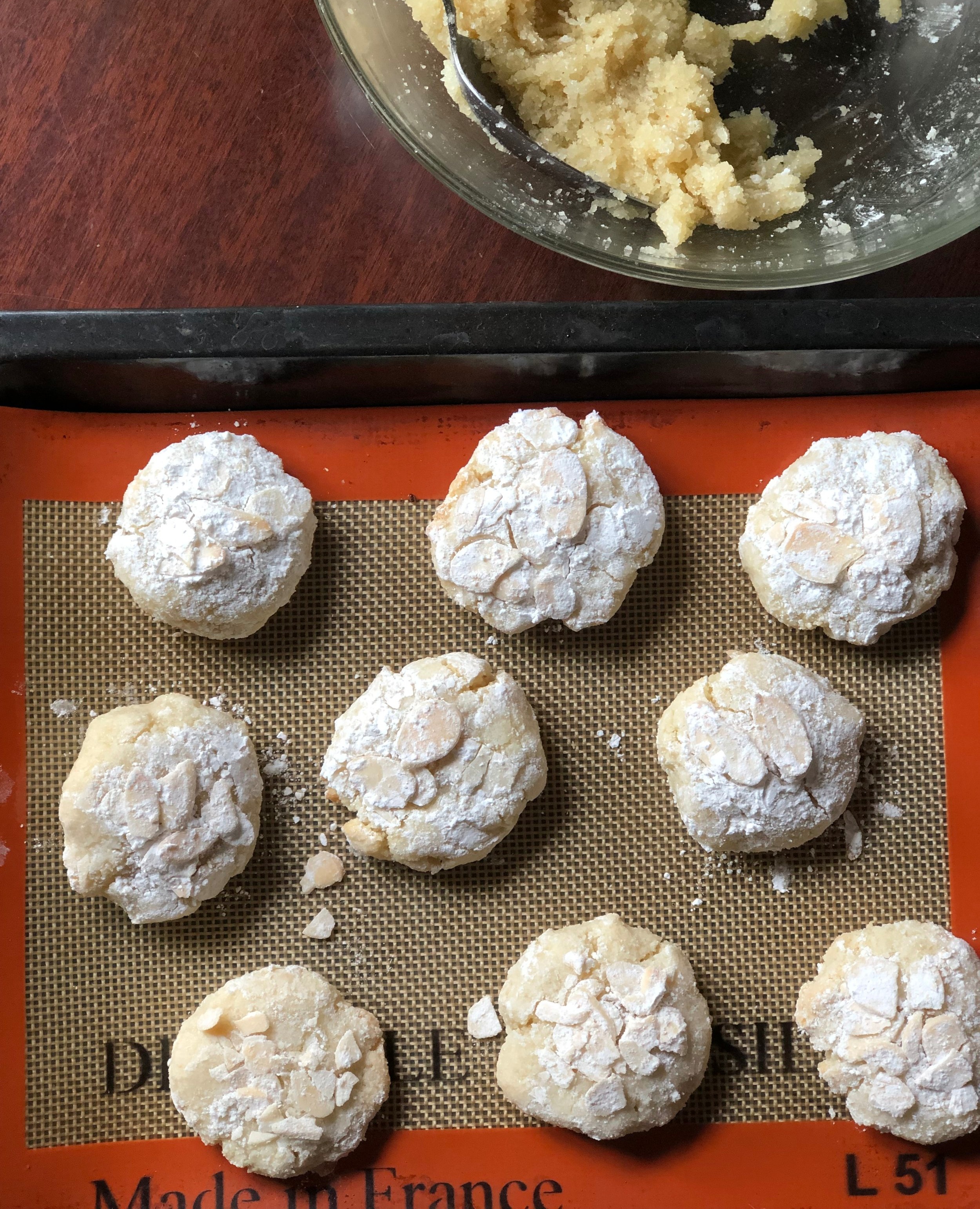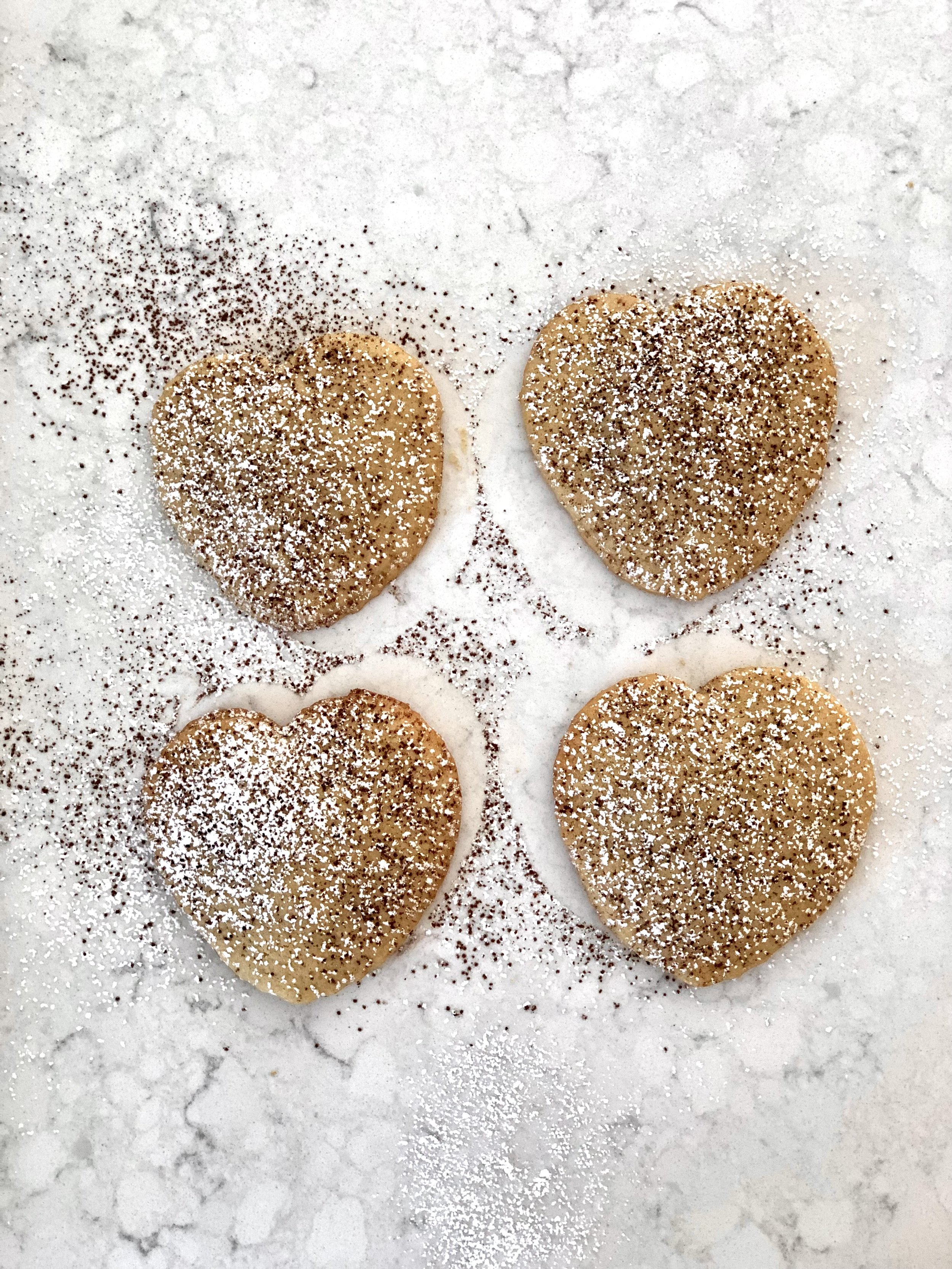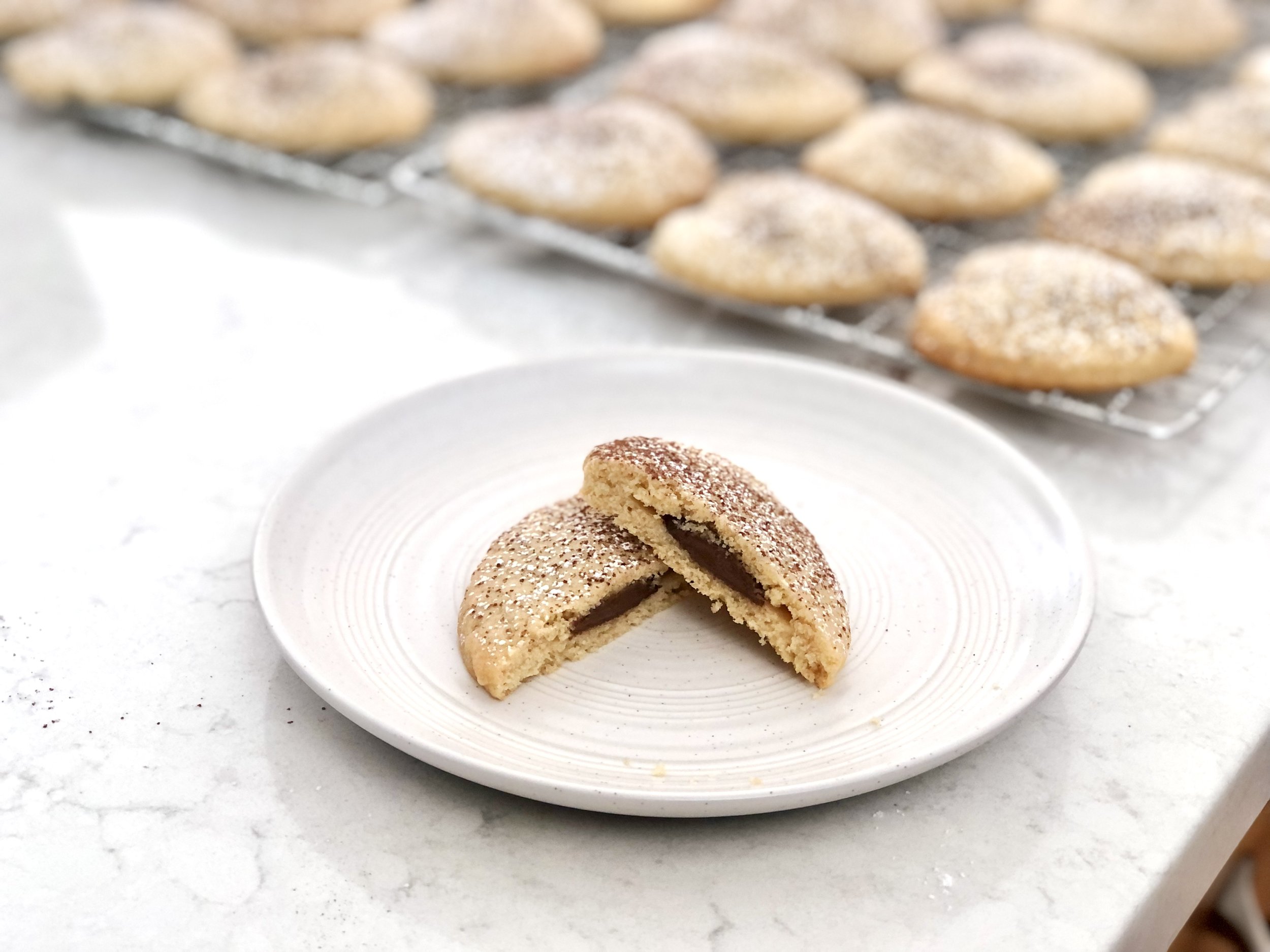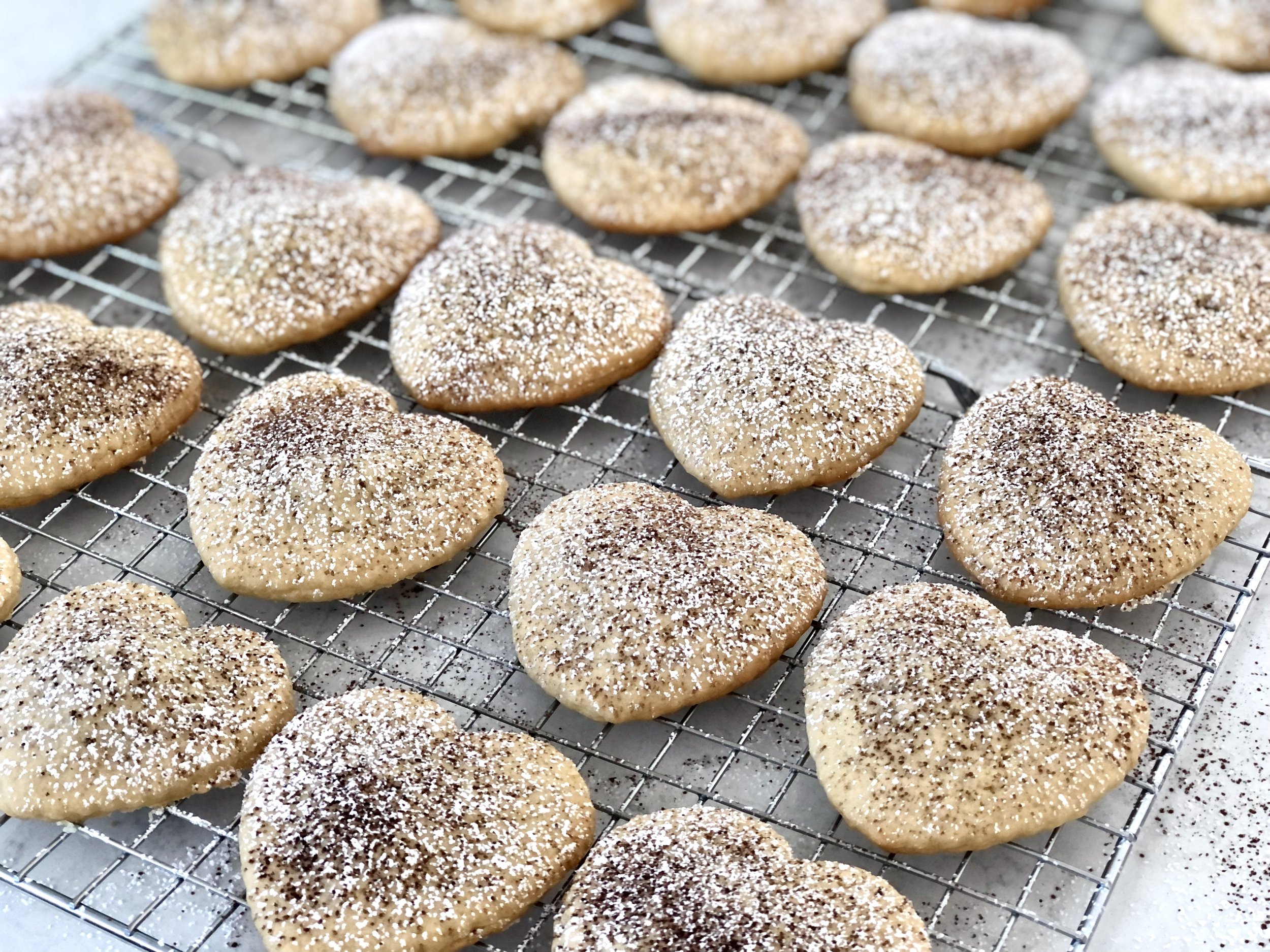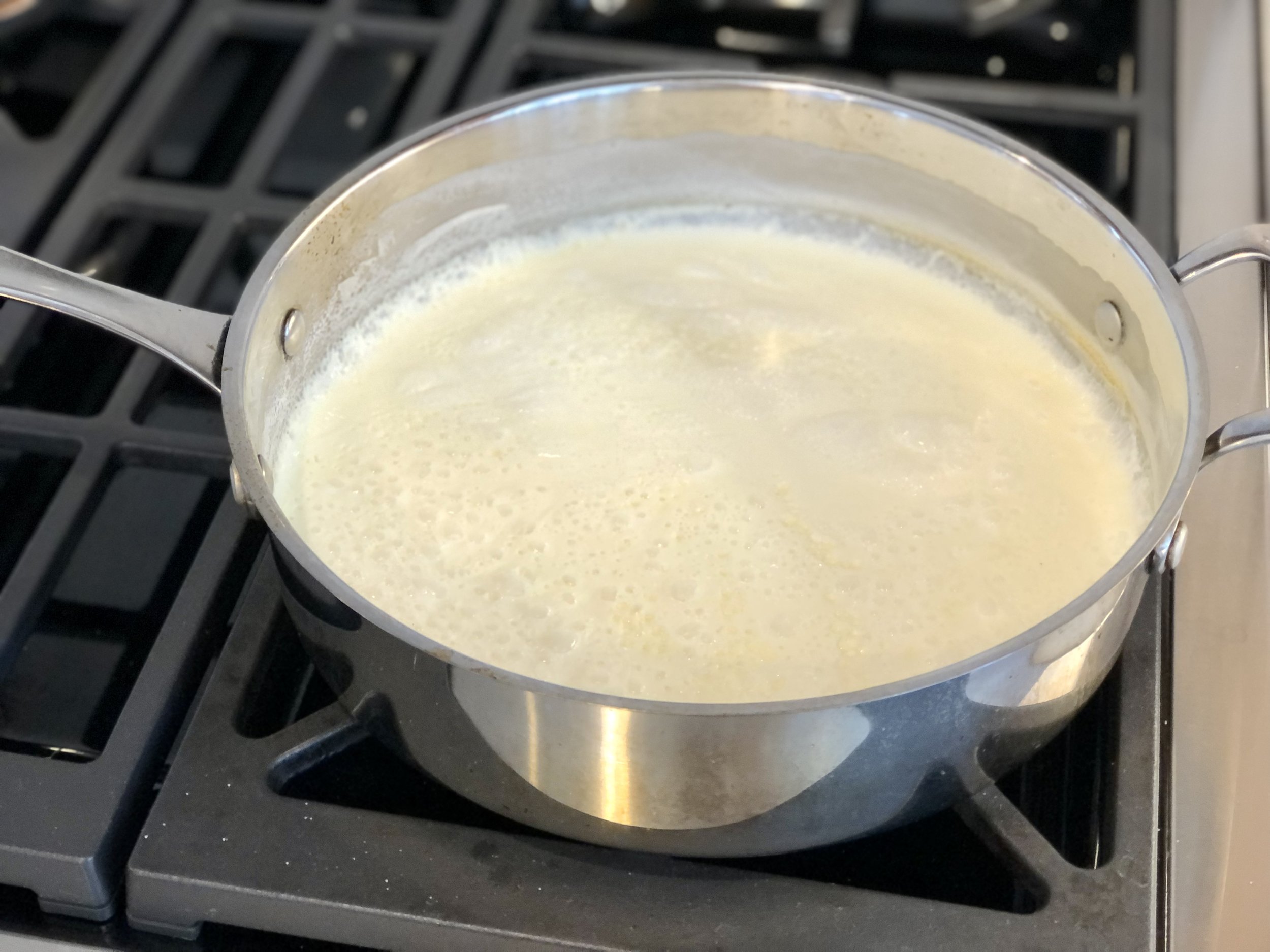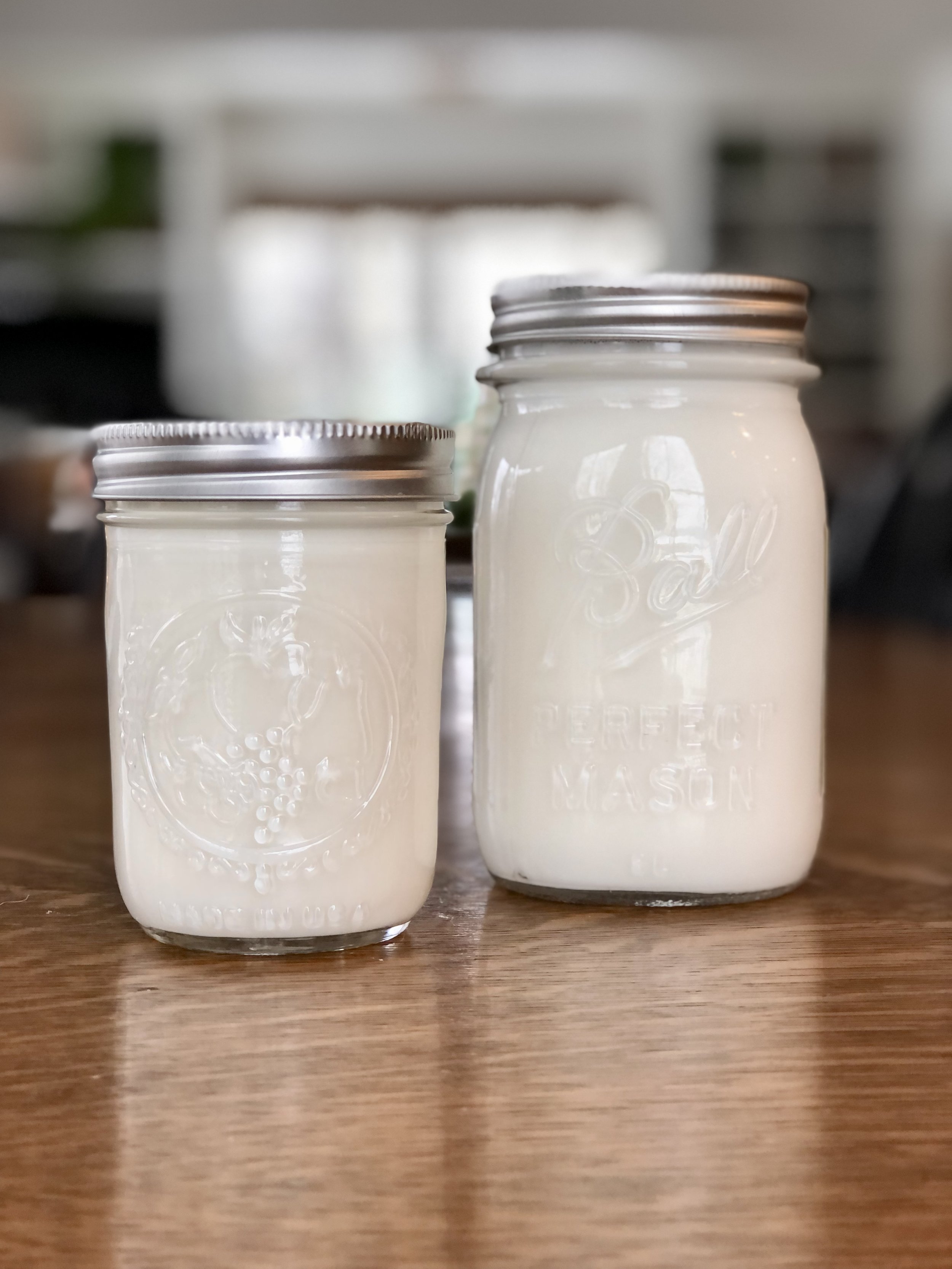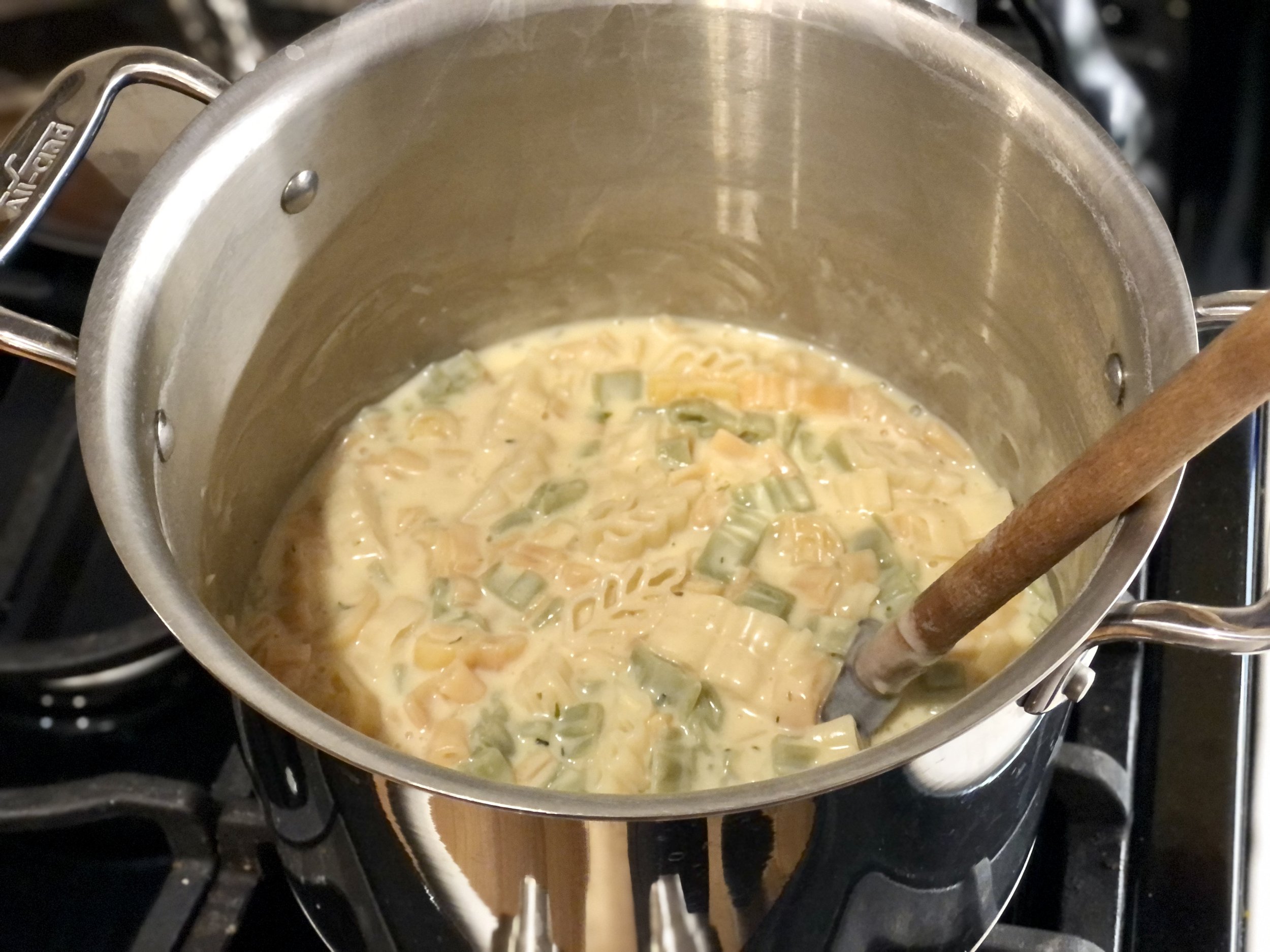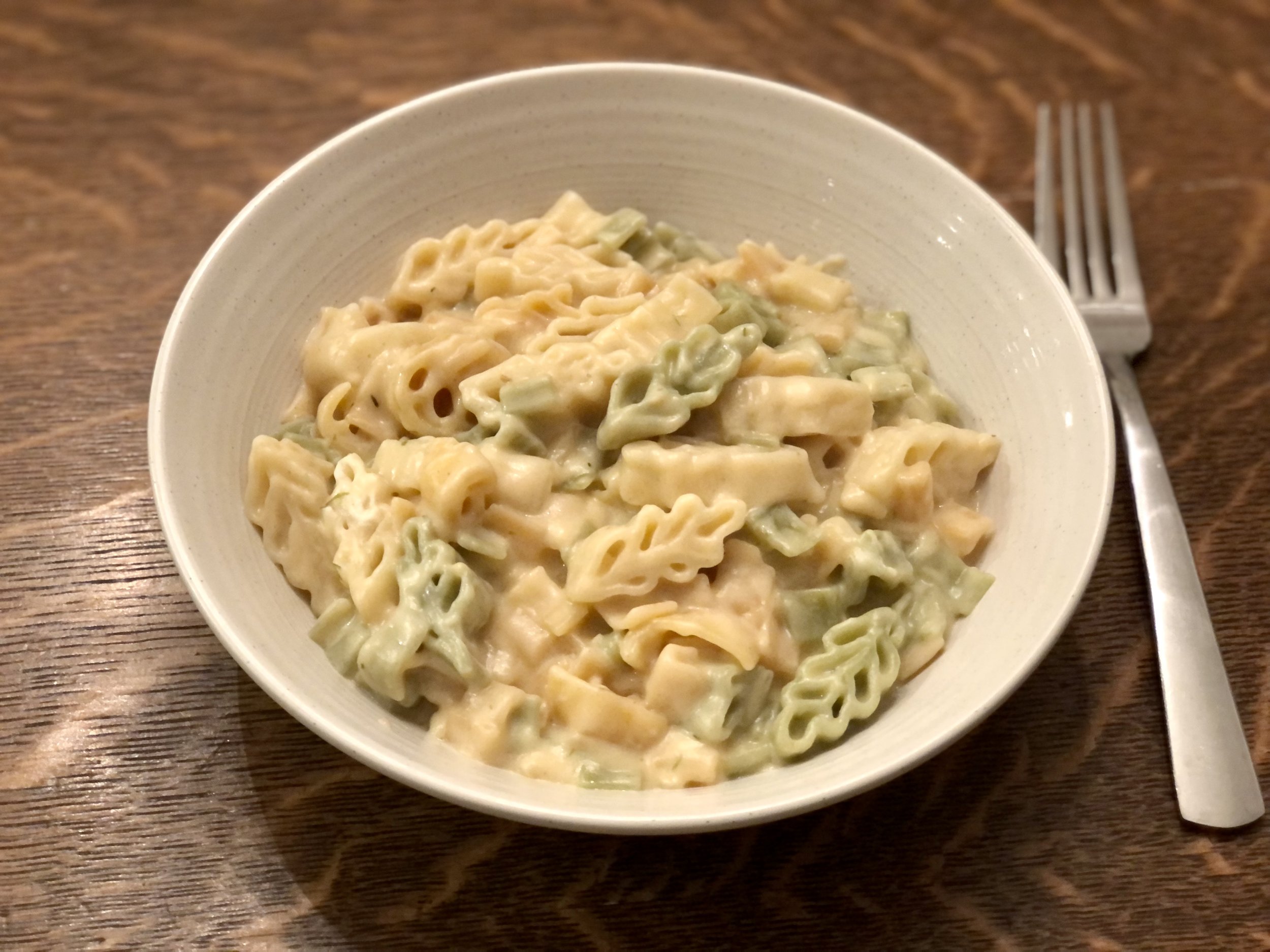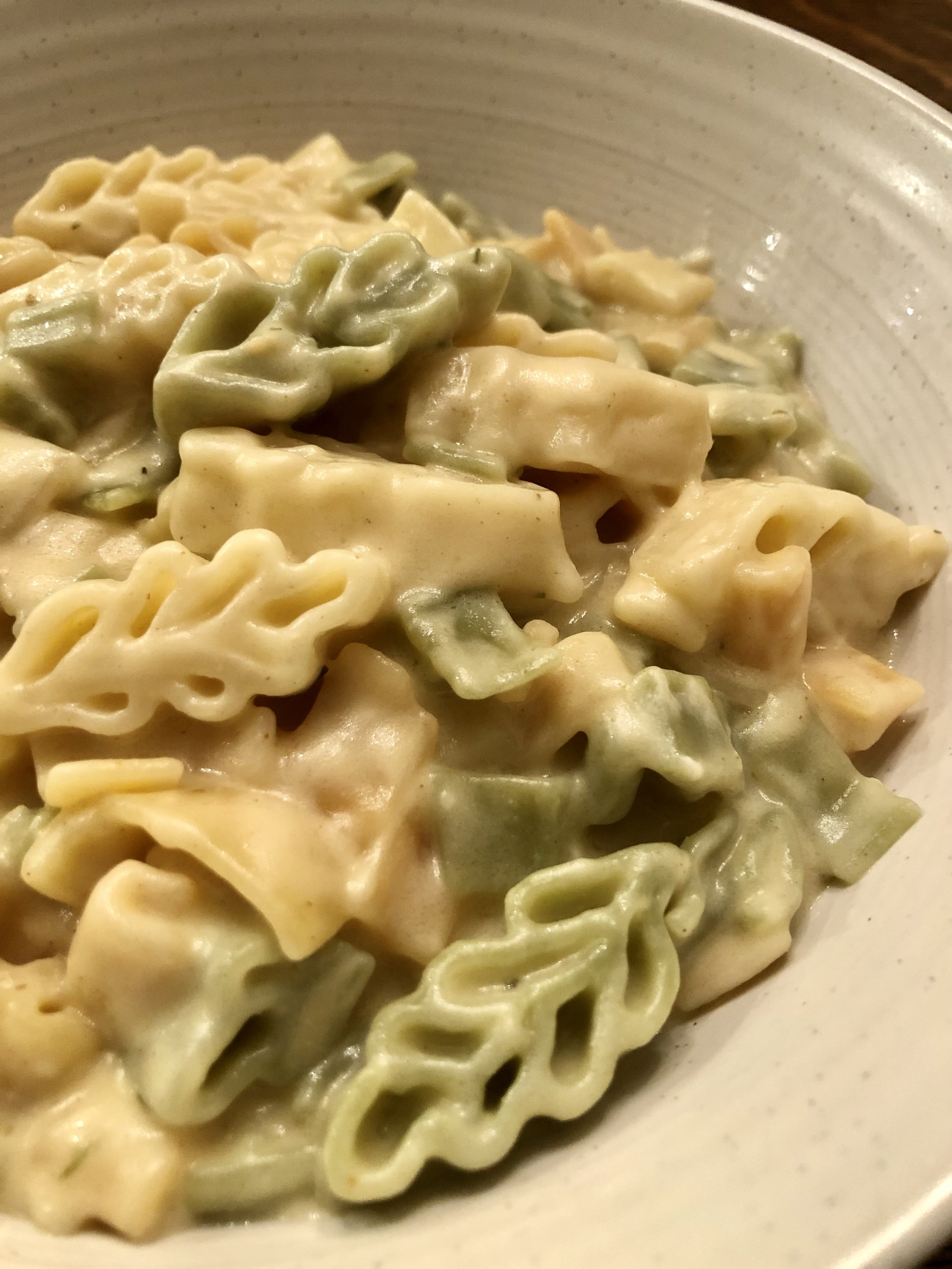Simple Sesame Noodles
/Some of my favorite things include pasta, Asian flavors, and easy dinners. Enter, these Simple Sesame Noodles.
This dish is ready in as little time as it takes to cook pasta, because the sauce can be ready before the water even comes to a boil. You can add veggies as you wish, or not to keep it as quick as possible. Veggies can be baked, steamed, or stir-fried then added in when you add the sauce.
It’s hard to believe, but an even easier pasta dish quite similar to this exists on this blog. This one has a few more ingredients and depth of flavor, but for when you need the absolute easiest pasta dinner, try these 6 ingredient Simple Thai Noodles.
This post may contain affiliate links. If you make a purchase using these links, Jennyblogs may receive a small commission, at no extra cost to you. This helps to support Jennyblogs. Where possible, links are prioritized to small businesses, and American companies and products made in the USA for American readers. For further information see the privacy policy. Grazie!
Simple Sesame Noodles
Serves 3-4
Ingredients:
1 lb / 500g linguine or other long pasta
For the Sauce
1/4 cup / 68g soy sauce or tamari
3 Tbsp / 42g olive oil or other oil of choice
3 Tbsp / 42g sesame oil
2 Tbsp / 40g maple syrup, honey (42g), or sugar (25g)
2 Tbsp / 28g rice vinegar
2 Tbsp / 28g water
4 cloves of garlic, minced
1/2 tsp hot chili oil or red pepper flakes, optional
Garnishes, optional
green onions, sliced
cilantro
peanuts, roughly chopped
sesame seeds
crushed red pepper flakes
fresh mint
Directions:
Place a large pot of water over high heat; bring to a boil and cook pasta according to package directions. Drain, reserving about 1 cup of pasta water.
Meanwhile, whisk together all sauce ingredients.
Add sauce to cooked pasta, toss to combine, adding pasta water as desired to thin out sauce.
Jenny’s Notes:
Adding pasta water to a sauce that is already thin may seem unusual, but even thin sauces thicken as the pasta cools and continues to absorb liquid. So for extra saucy sauce, add a touch of pasta water. The starch in pasta also lends a certain creaminess to sauces. Pasta water is the secret ingredient to many a good pasta and sauce, helping to marry the pasta to the sauce. You probably won’t need the whole cup, but once the pasta water is drained you can’t get it back, so as a general rule of thumb I always reserve at least 1 cup.
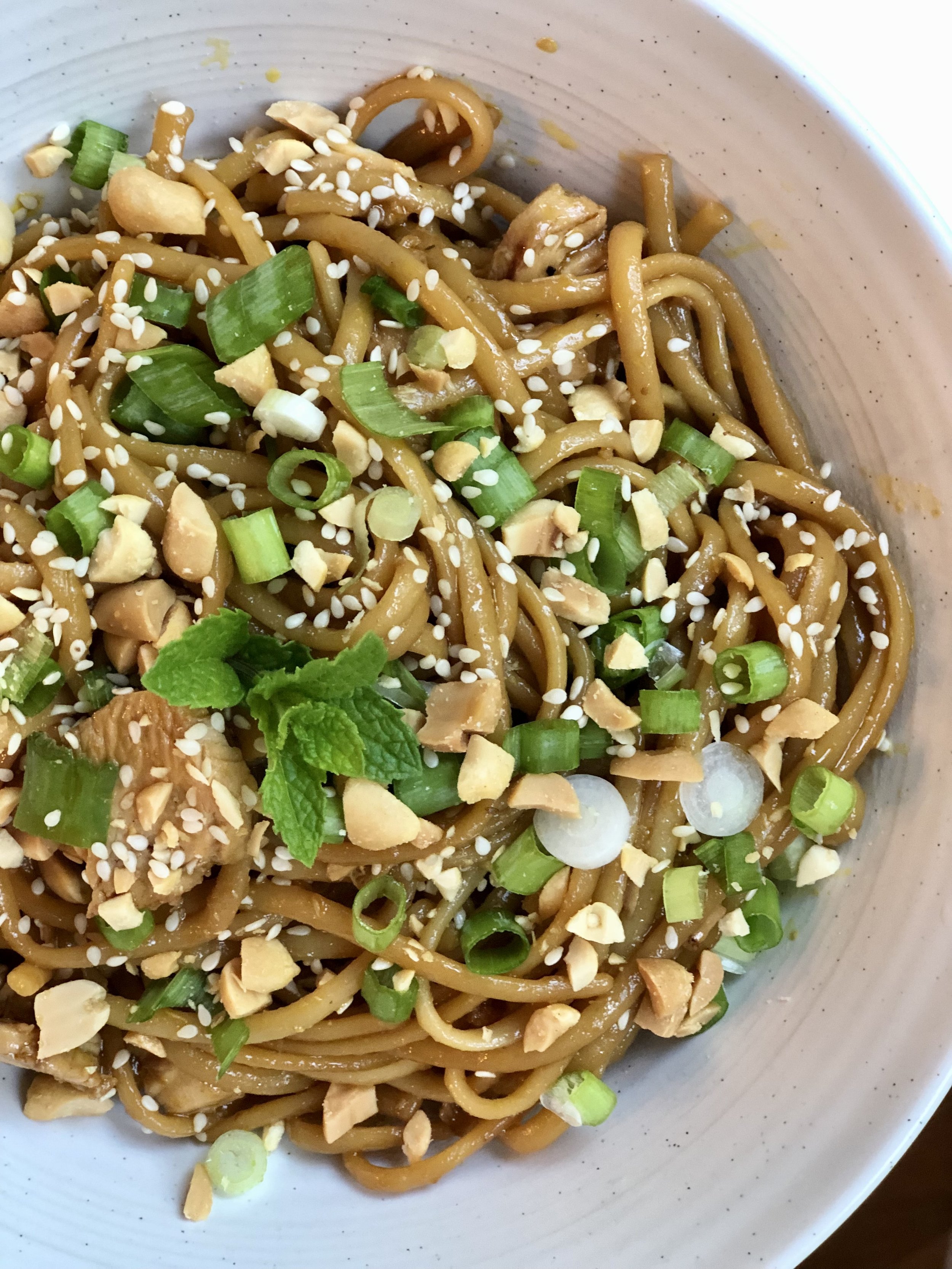
Simple Sesame Noodles
Ingredients
Instructions
Notes
- Adding pasta water to a sauce that is already thin may seem unusual, but even thin sauces thicken as the pasta cools and continues to absorb liquid. So for extra saucy sauce, add a touch of pasta water. The starch in pasta also lends a certain creaminess to sauces. Pasta water is the secret ingredient to many a good pasta and sauce, helping to marry the pasta to the sauce. You probably won’t need the whole cup, but once the pasta water is drained you can’t get it back, so as a general rule of thumb I always reserve at least 1 cup.
Nutrition Facts
Calories
884.69Fat
31.96 gSat. Fat
4.59 gCarbs
125.66 gFiber
5.84 gNet carbs
119.79 gSugar
12.53 gProtein
22.74 gSodium
1109.09 mgCholesterol
0 mgNutritional information is approximate. Based on 1 serving if this recipe serves 3, including all garnishes.











